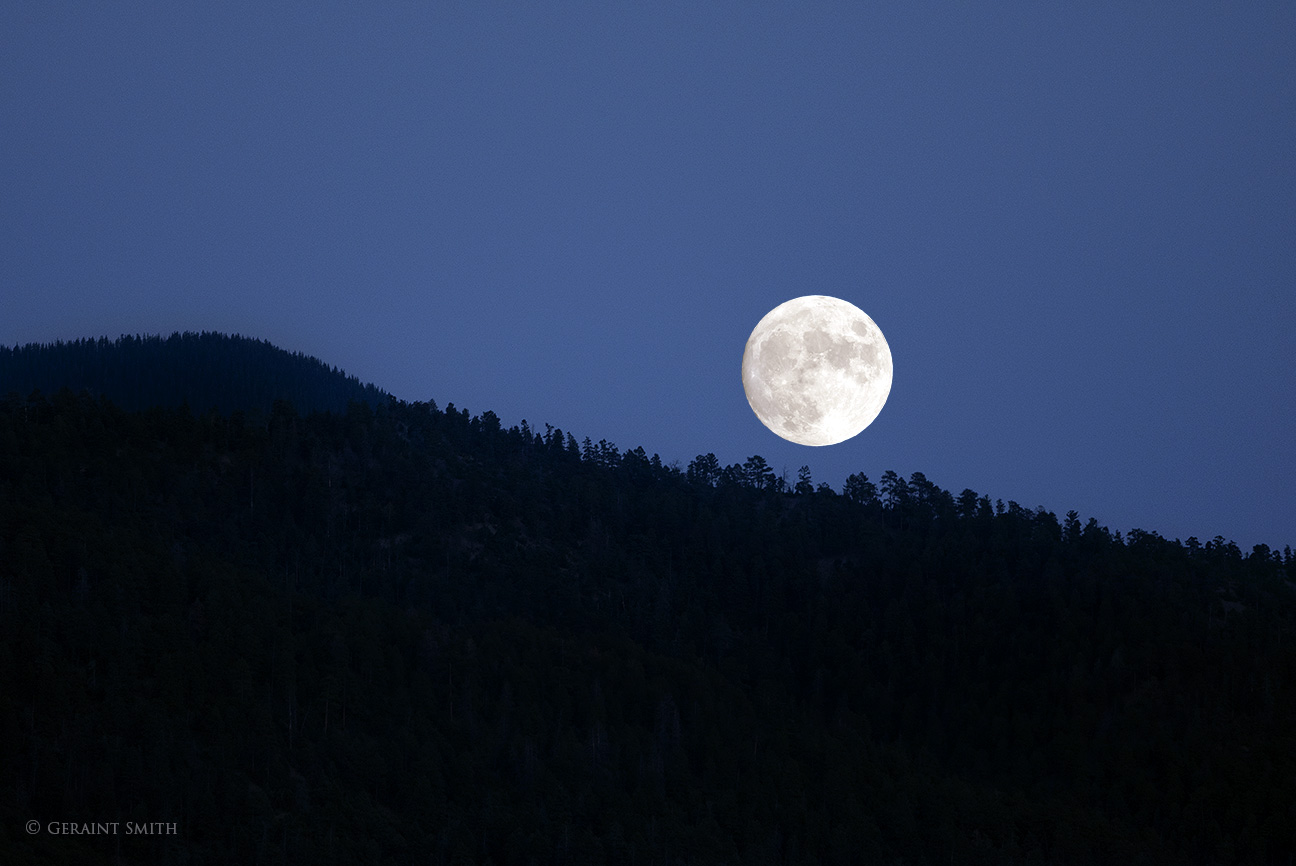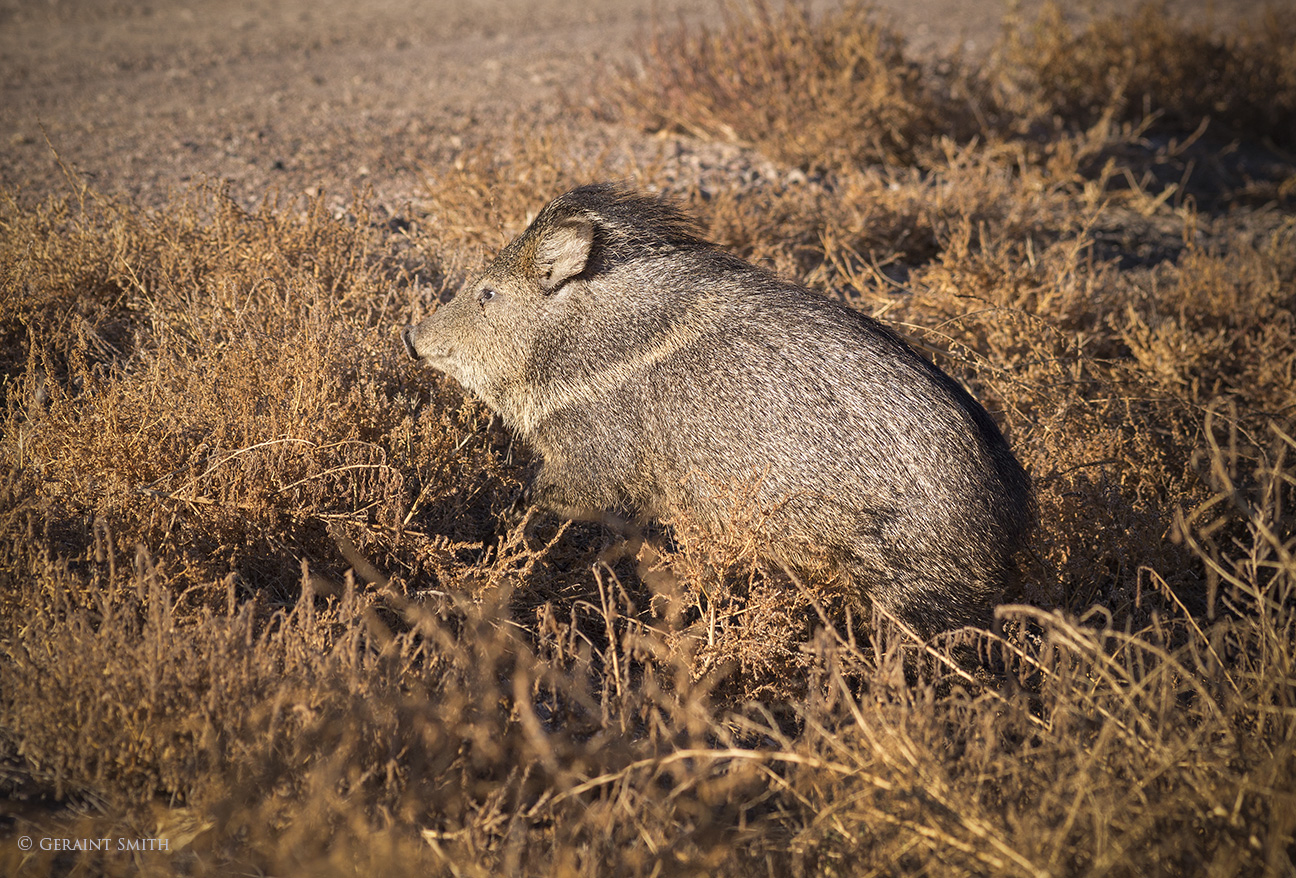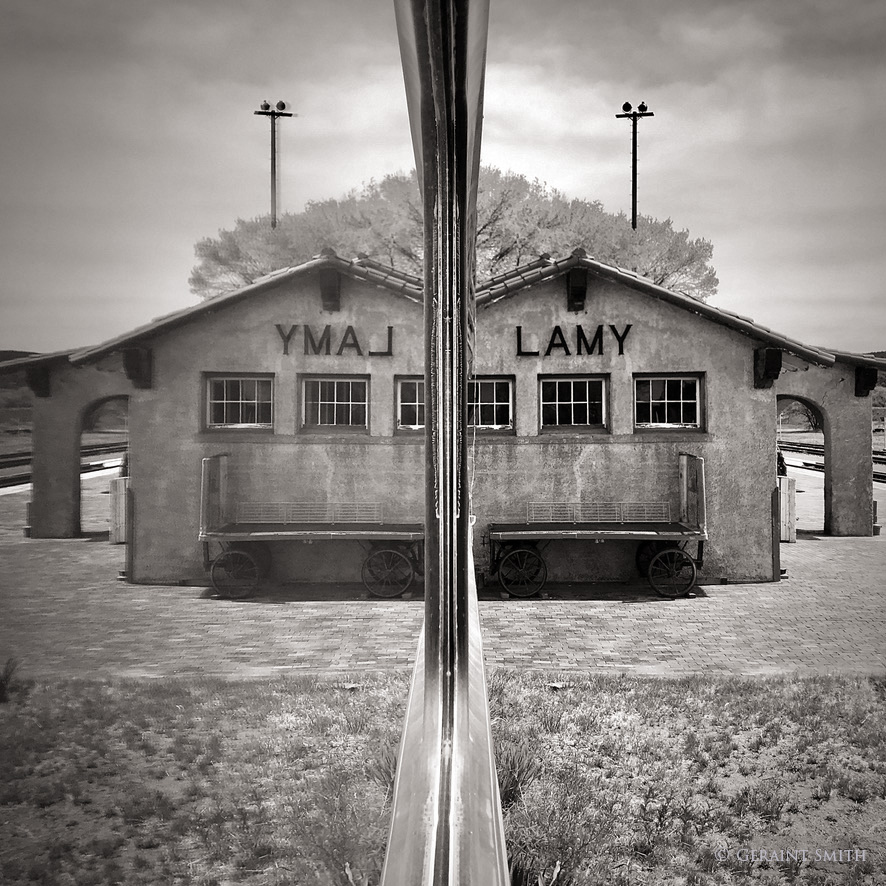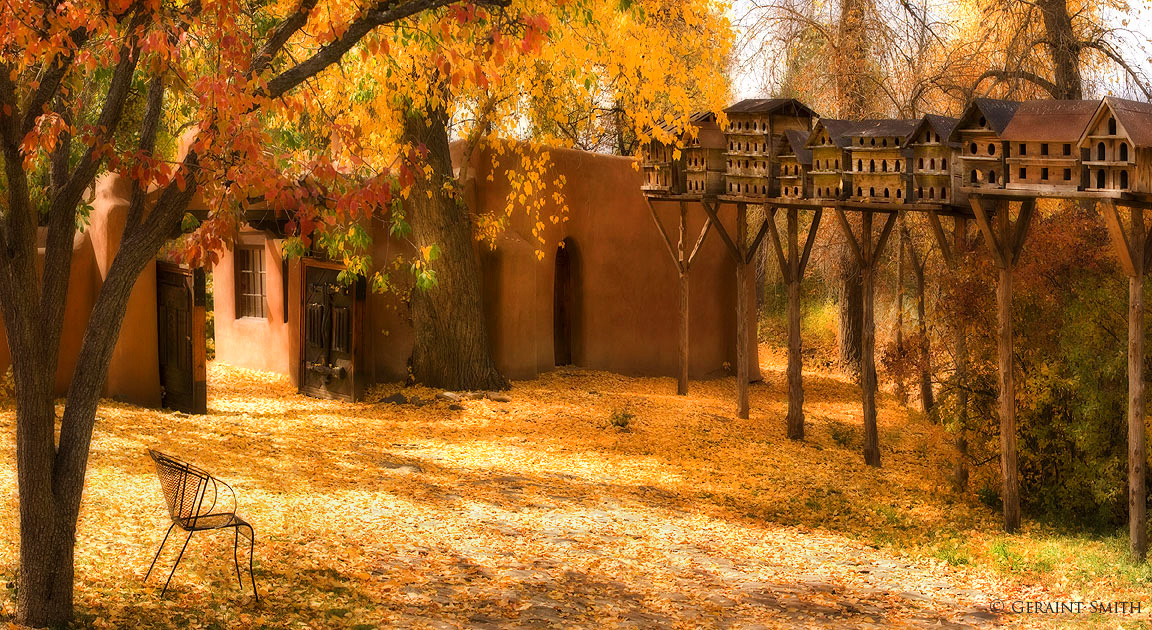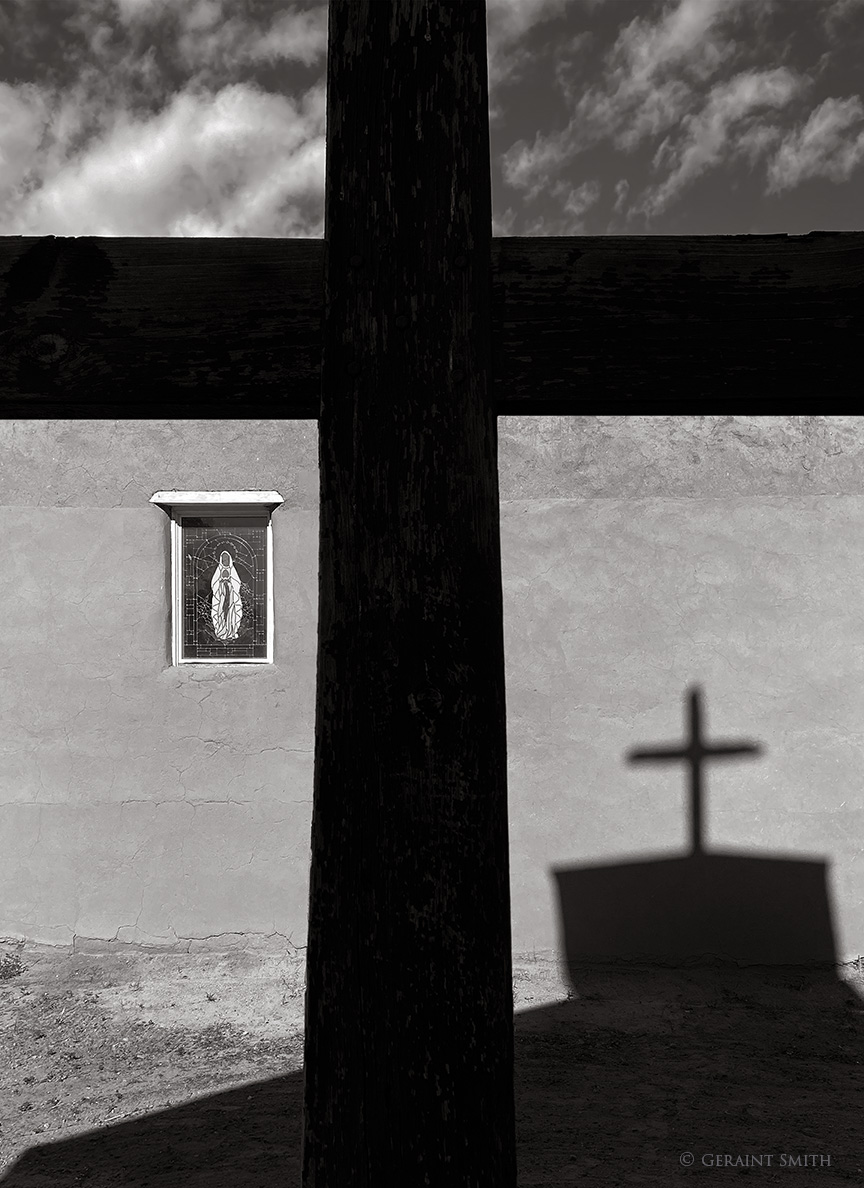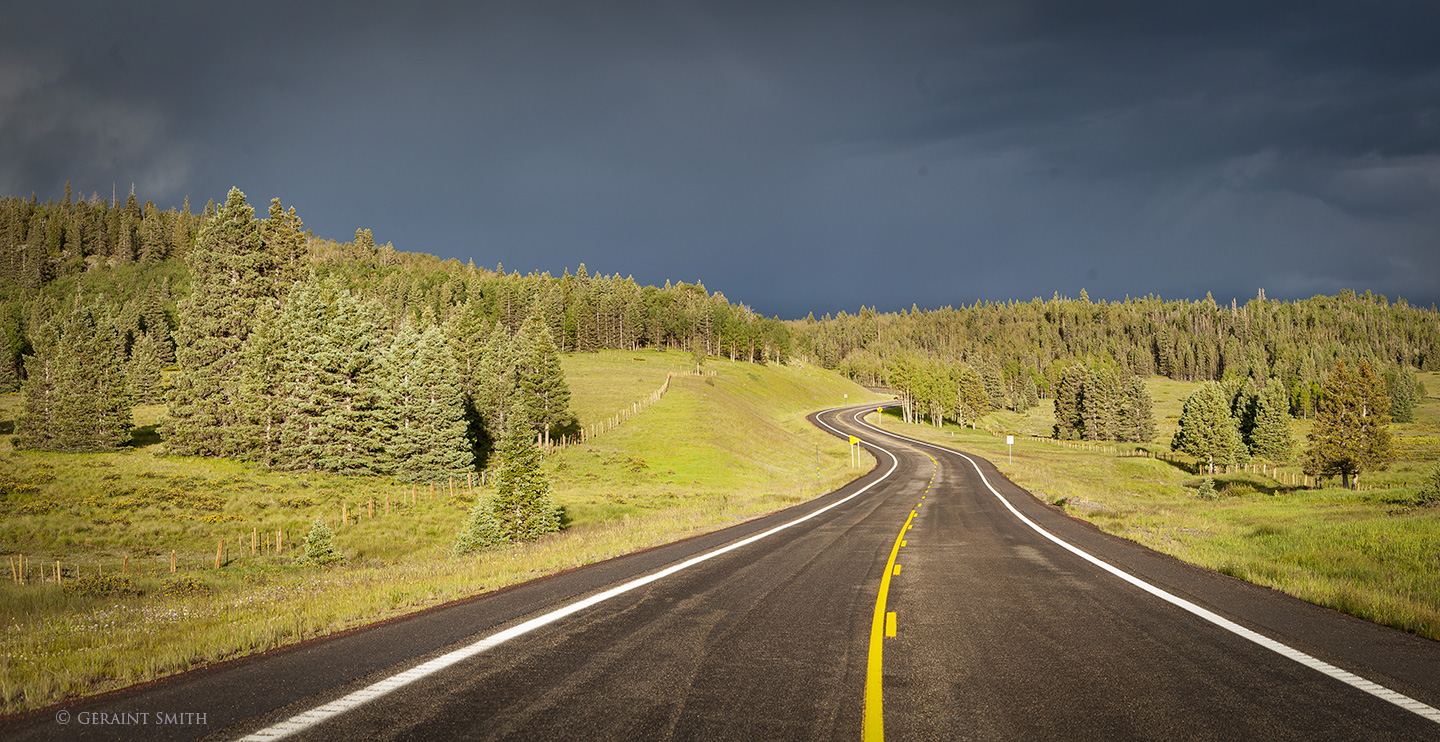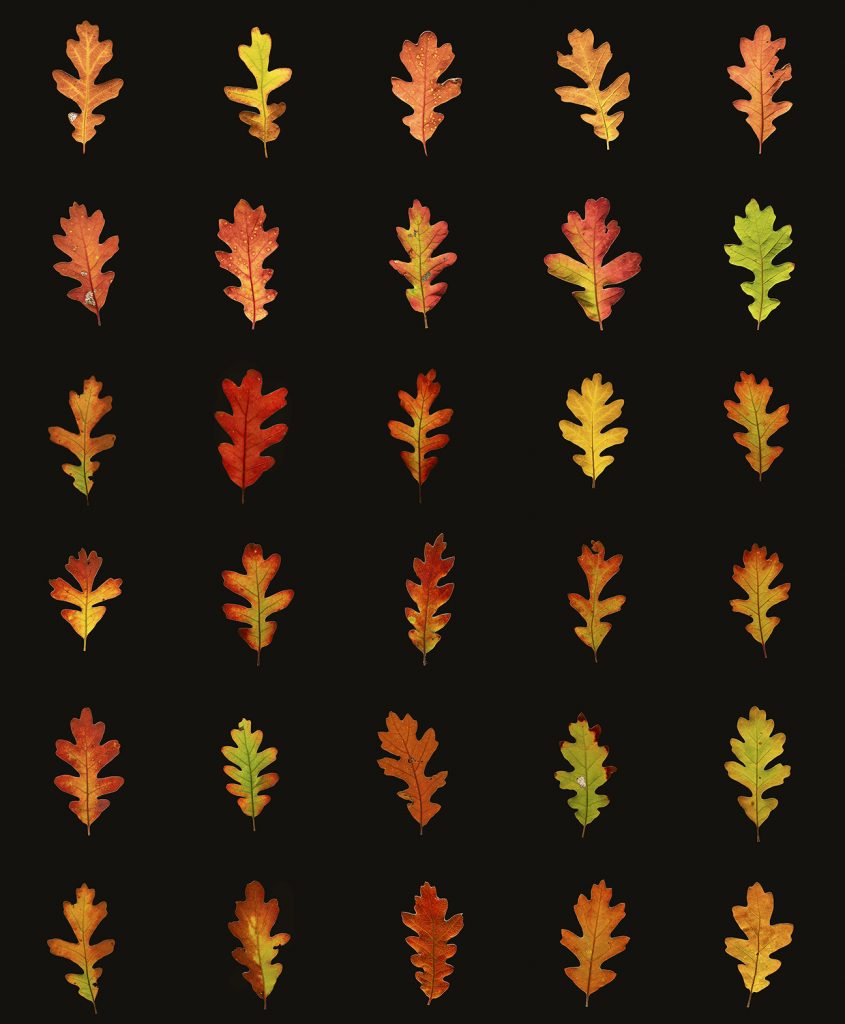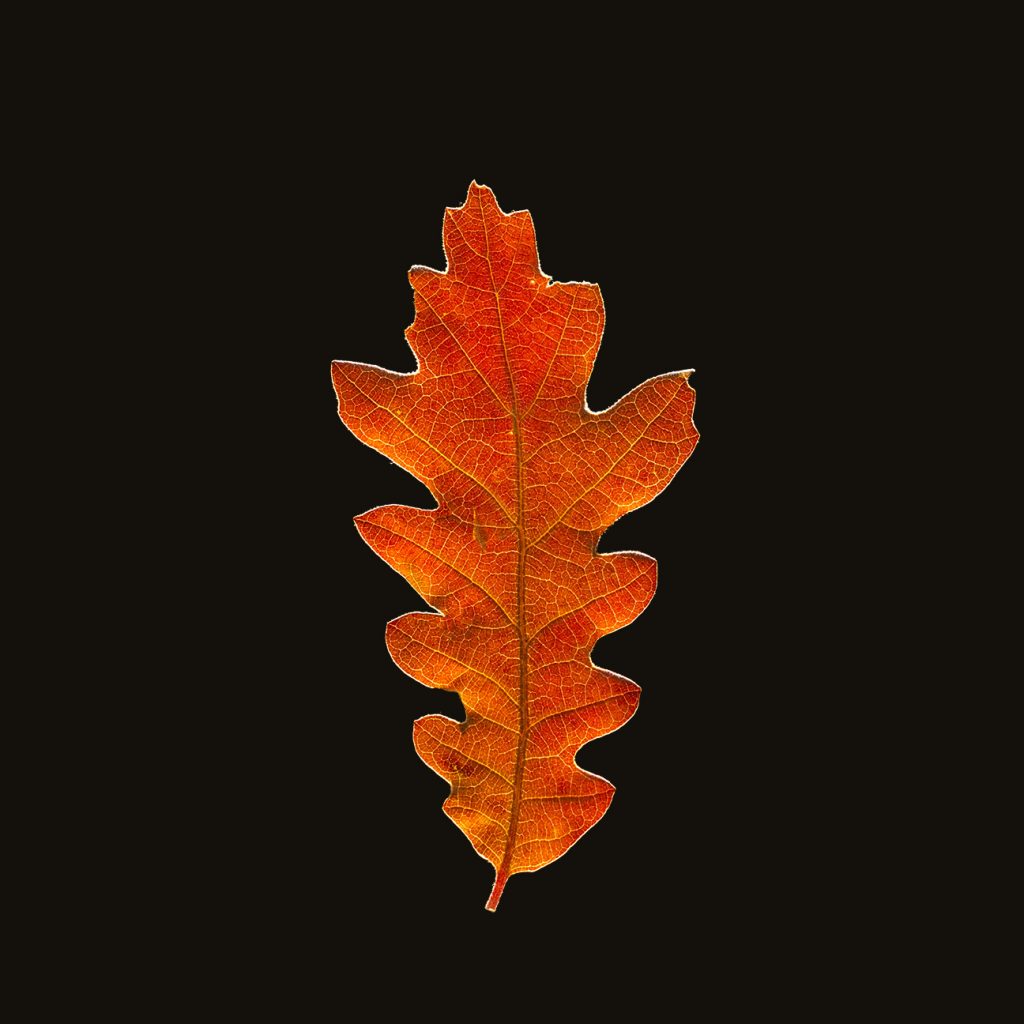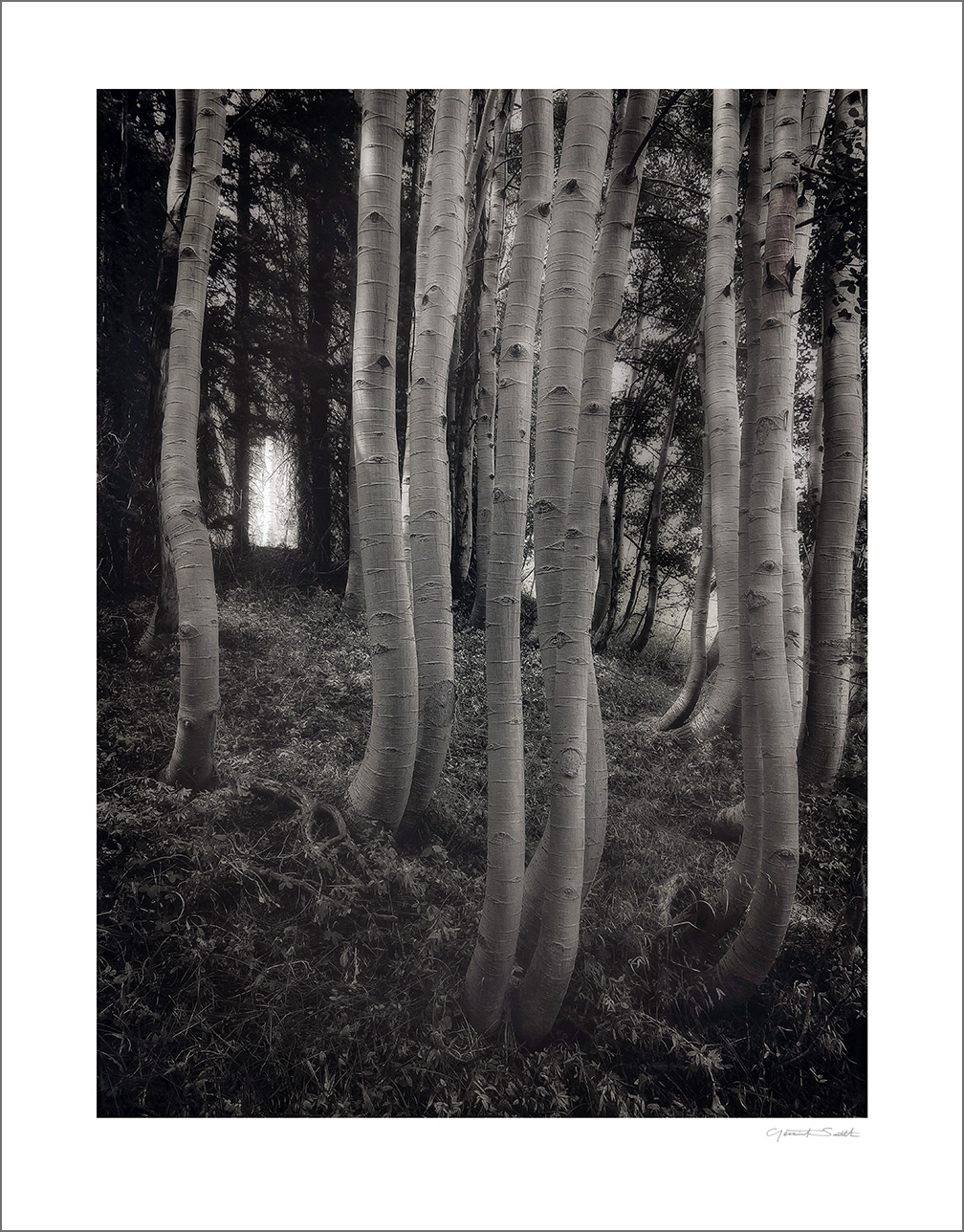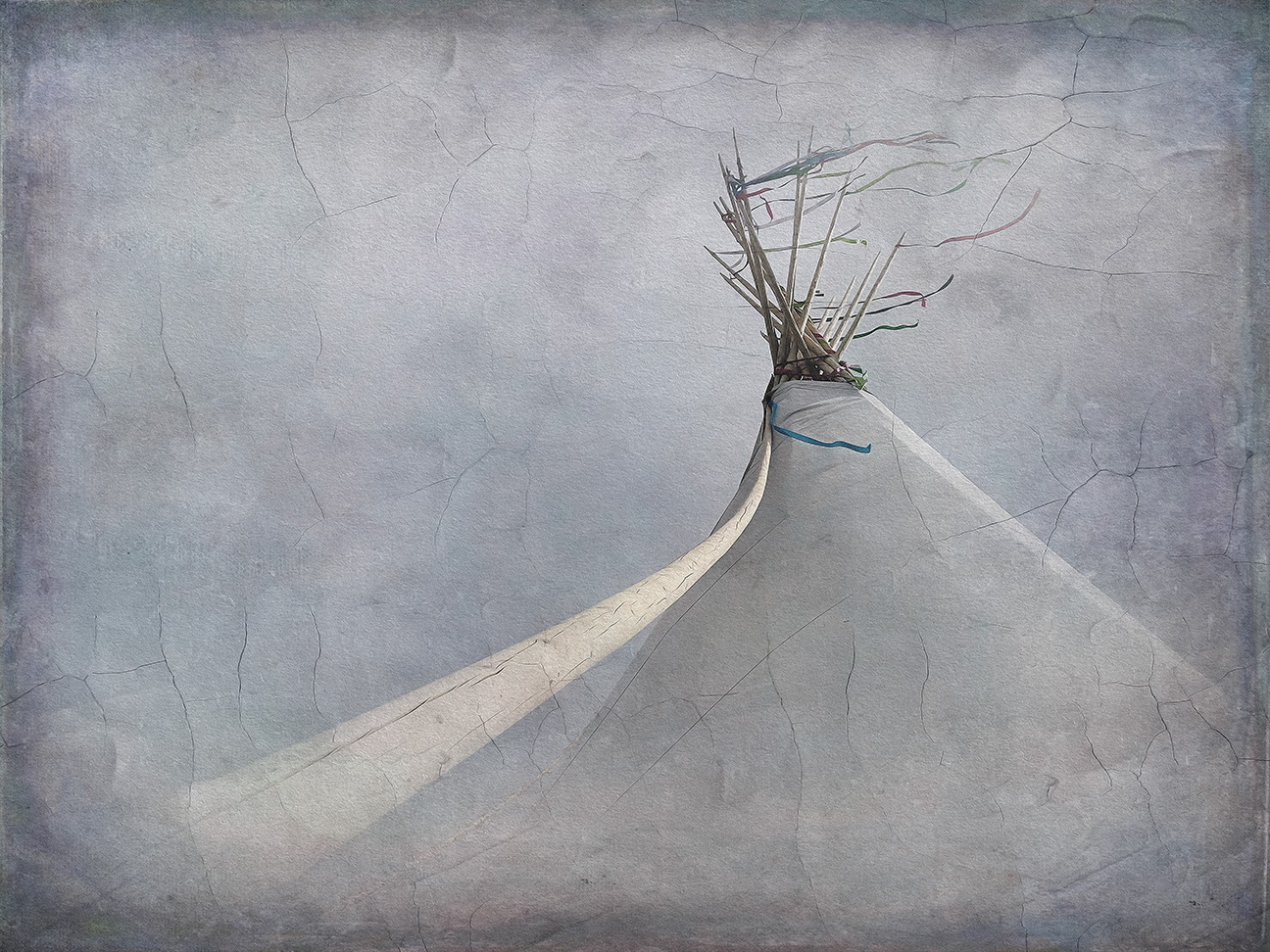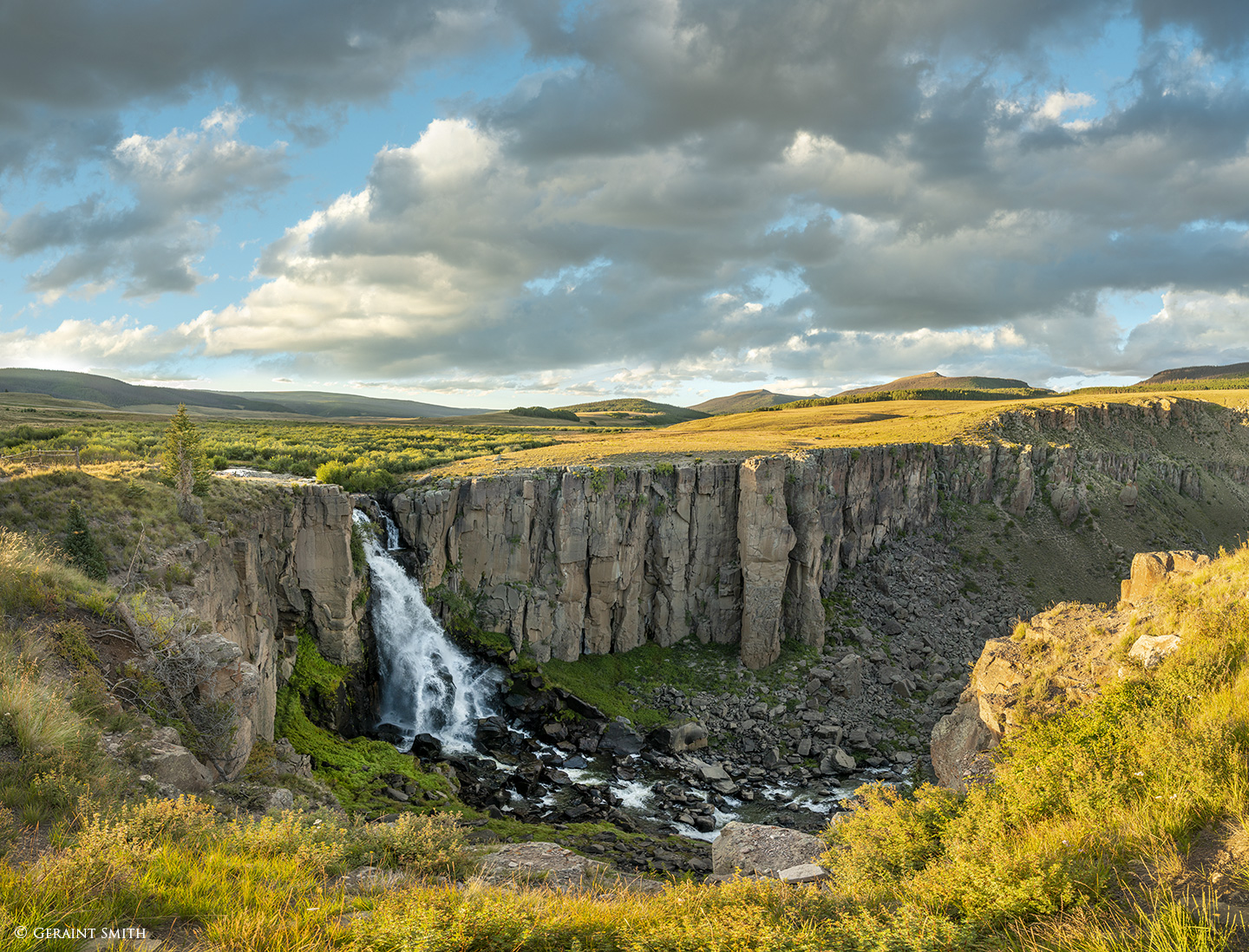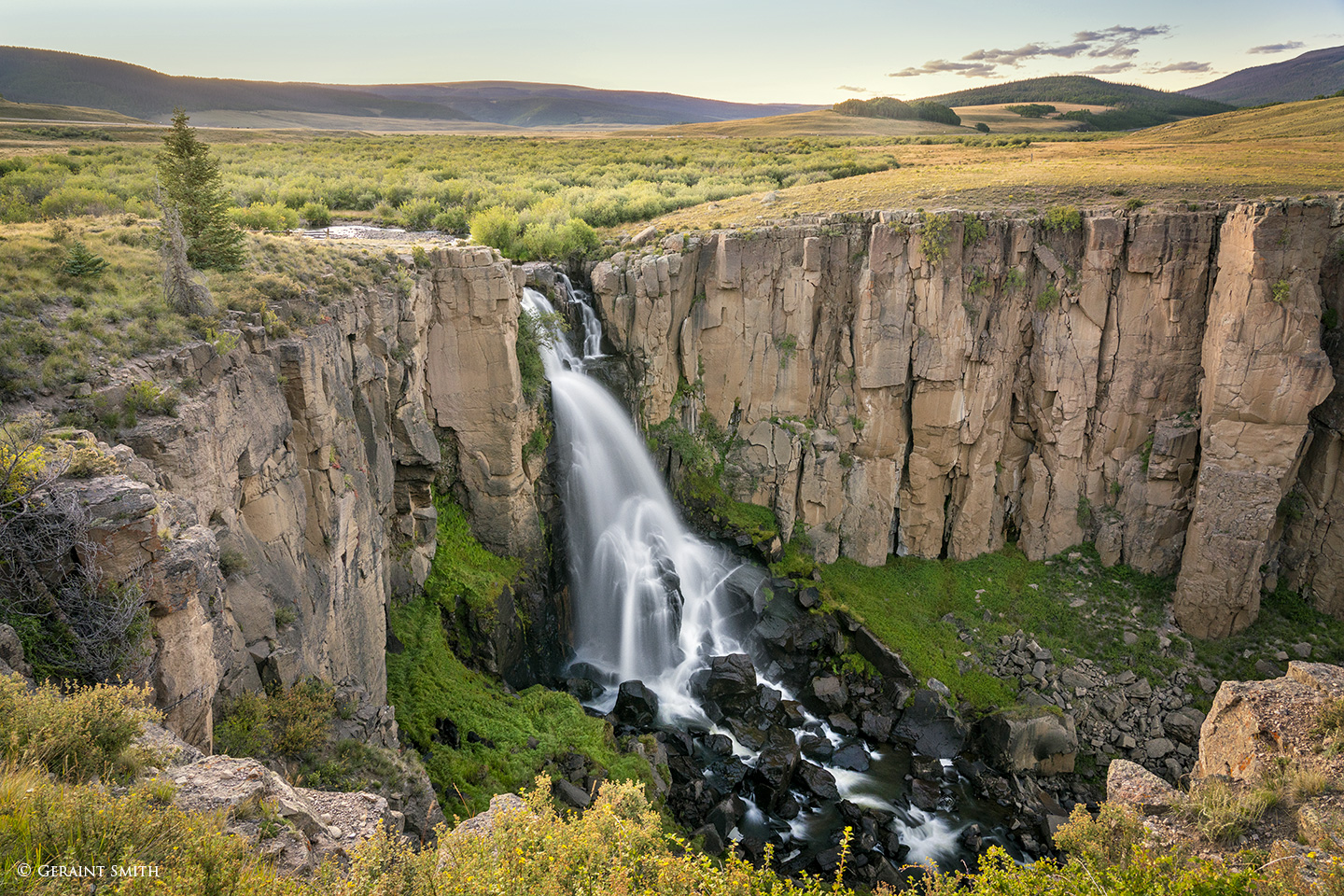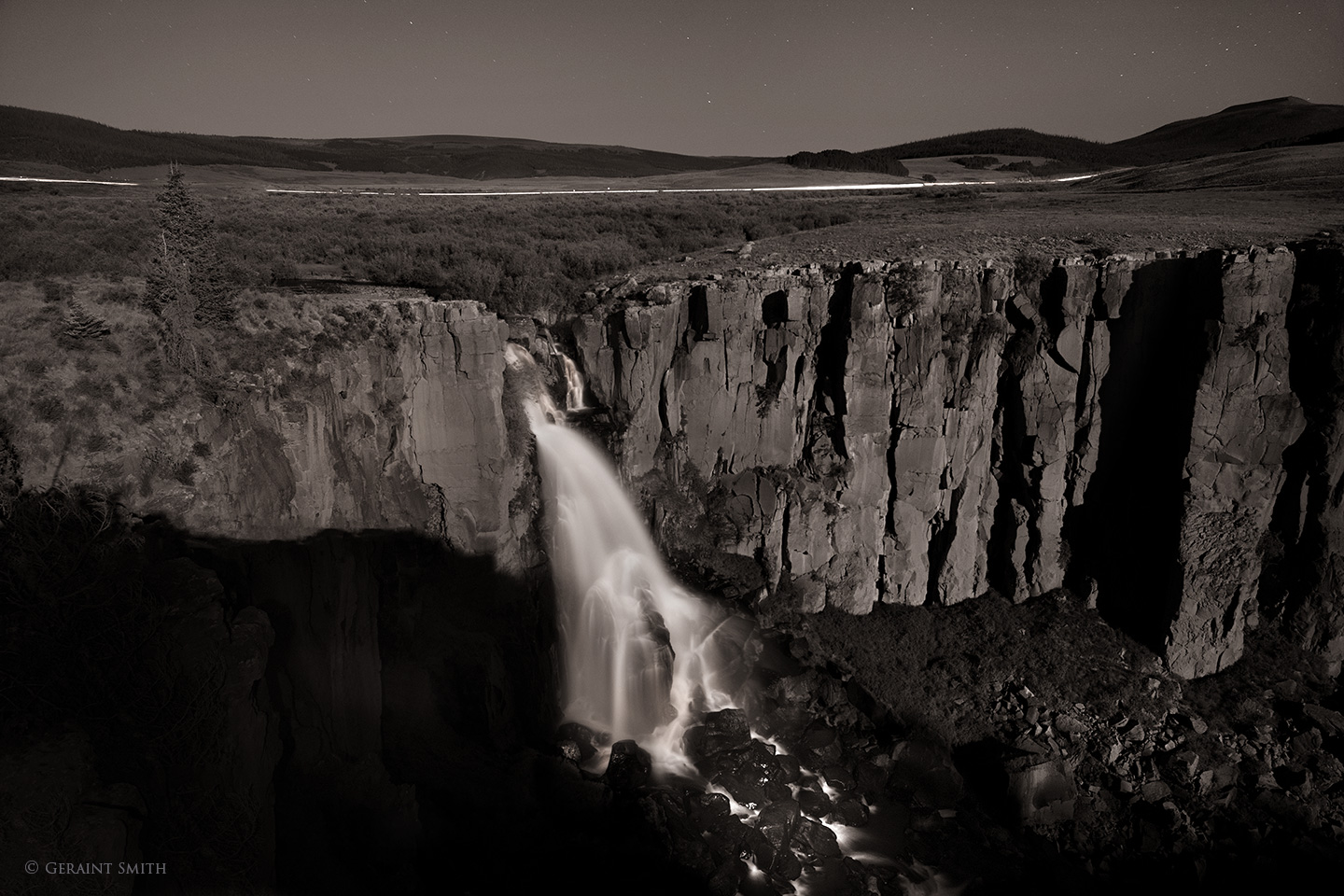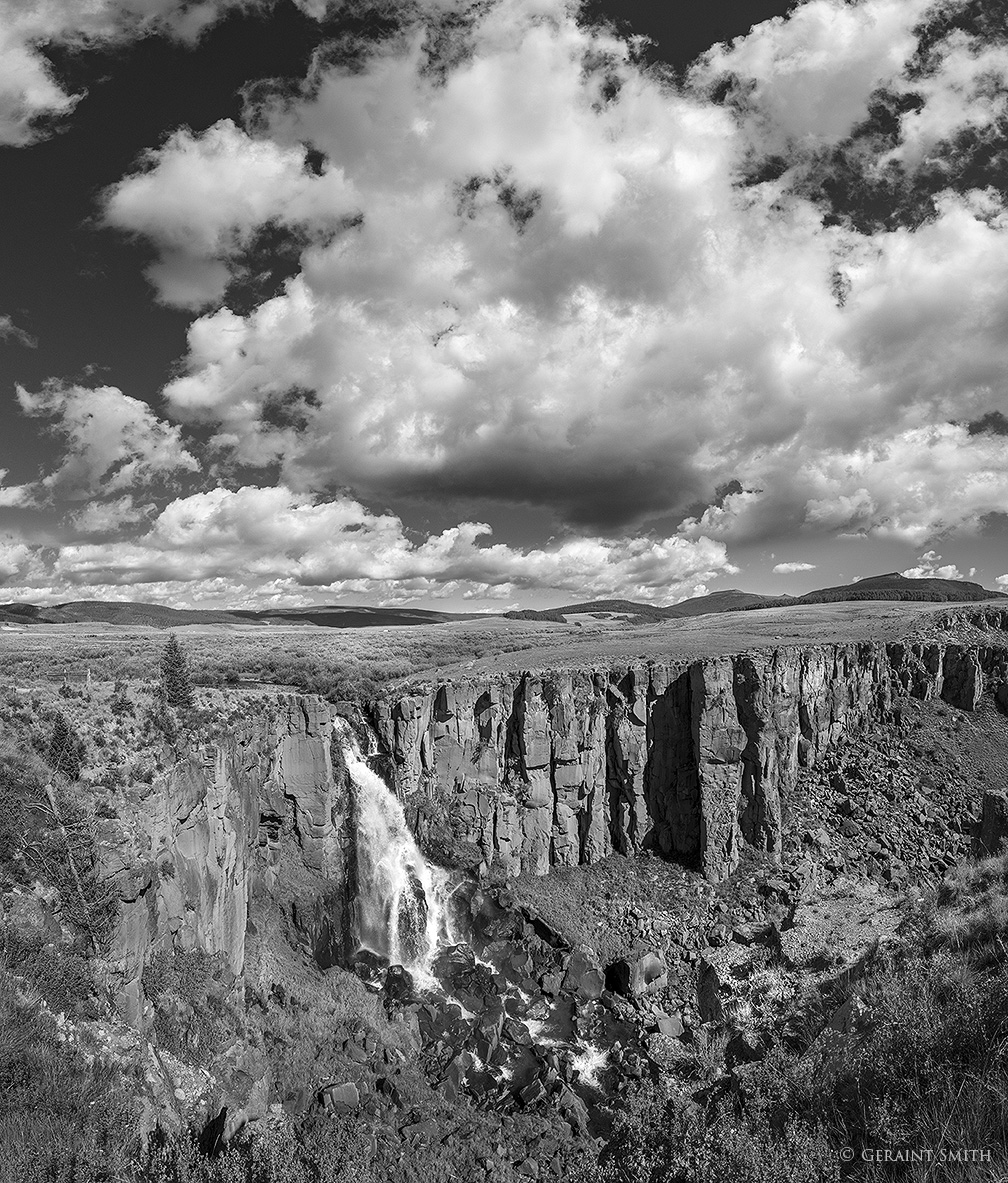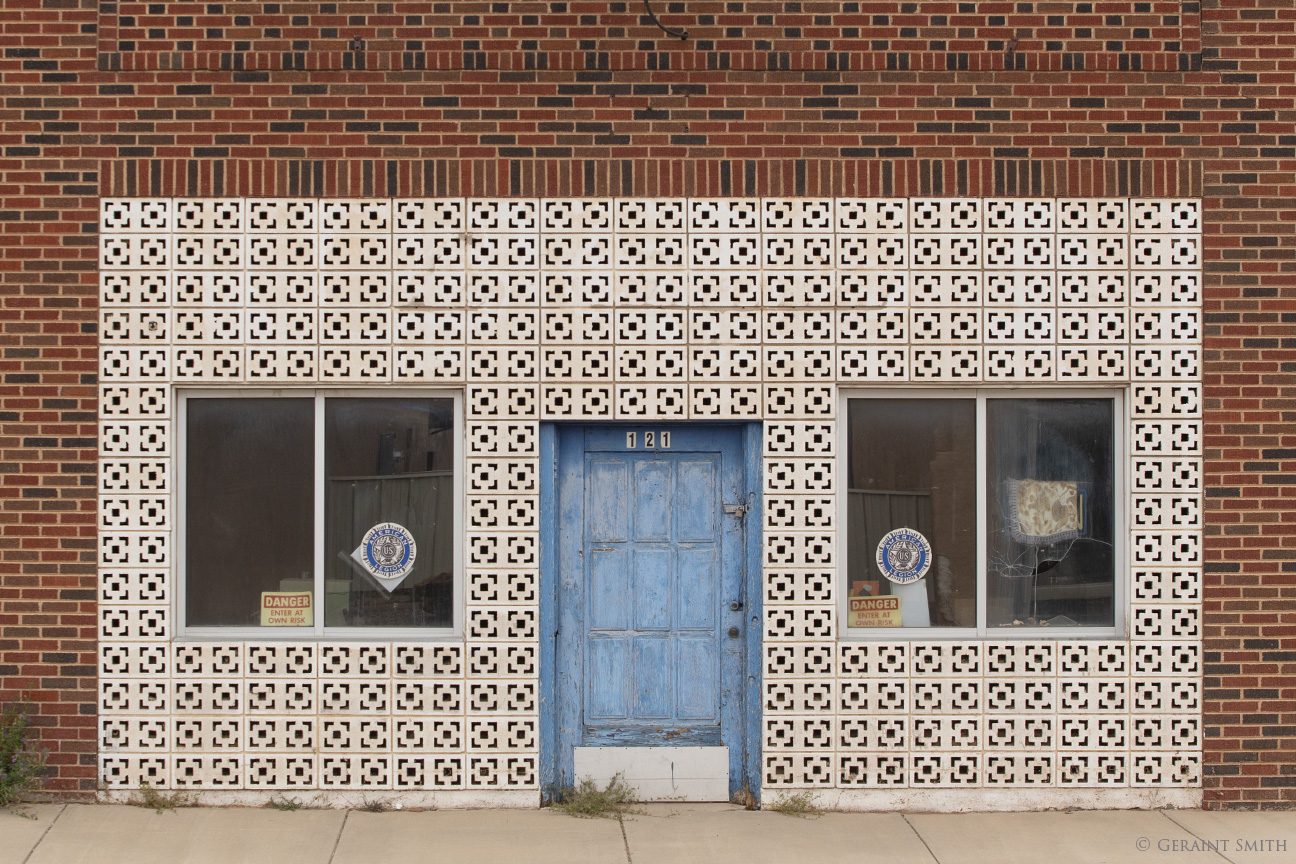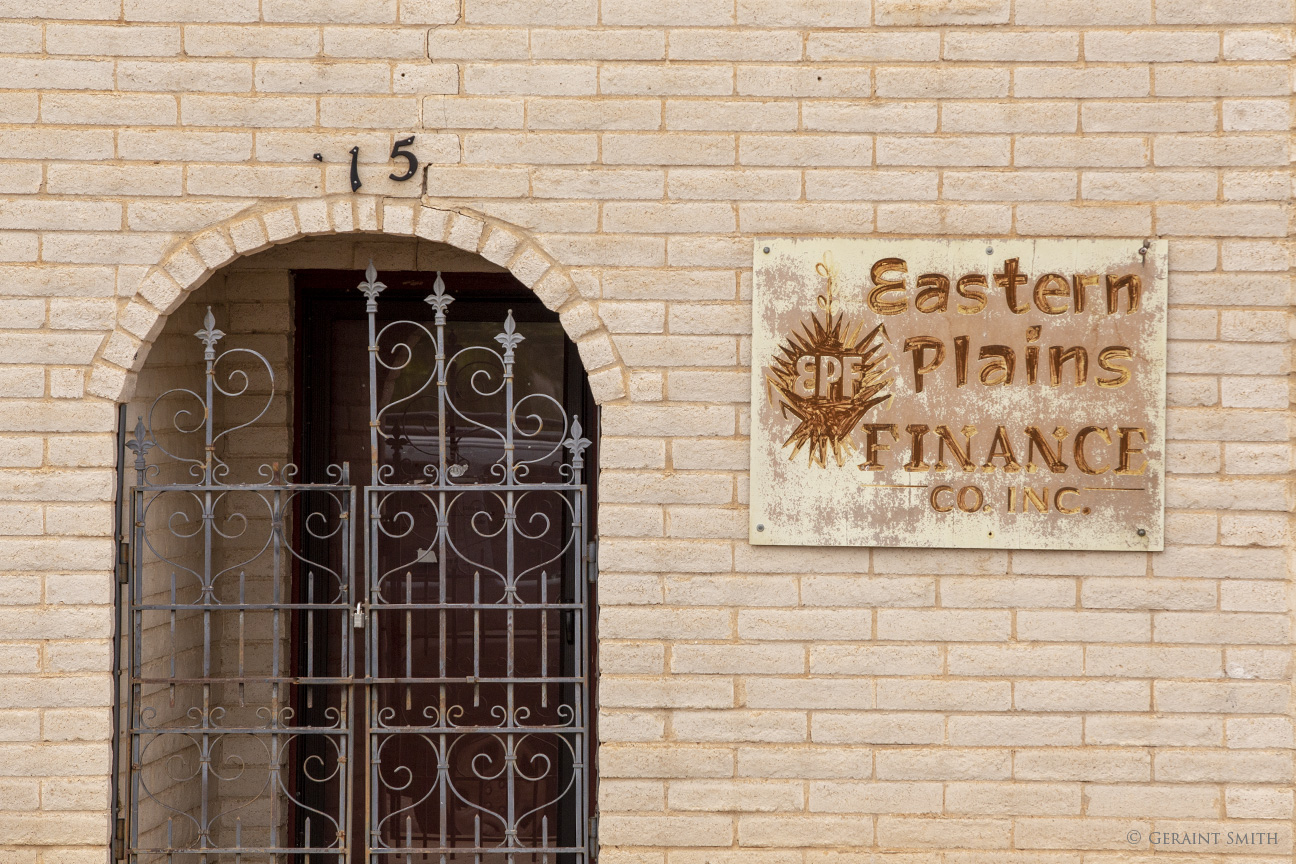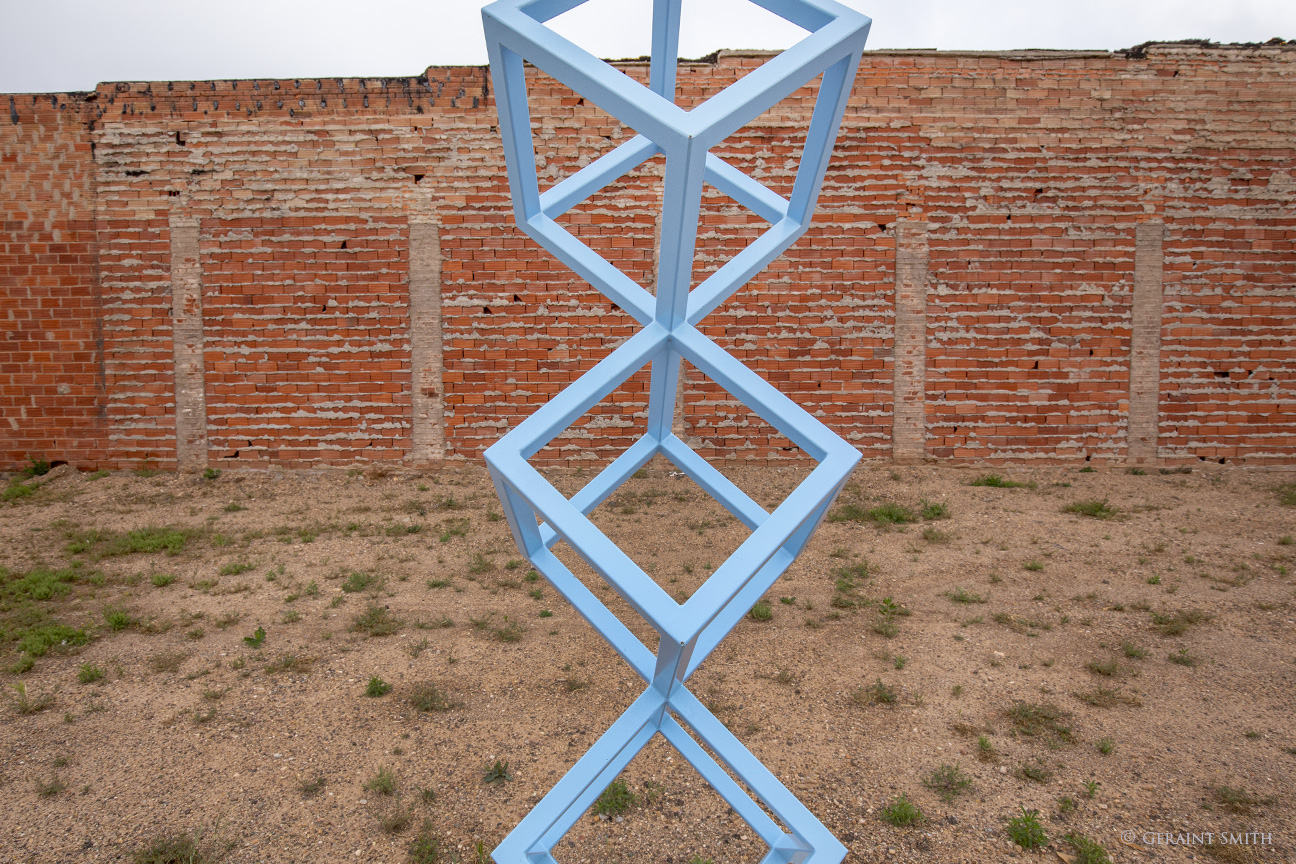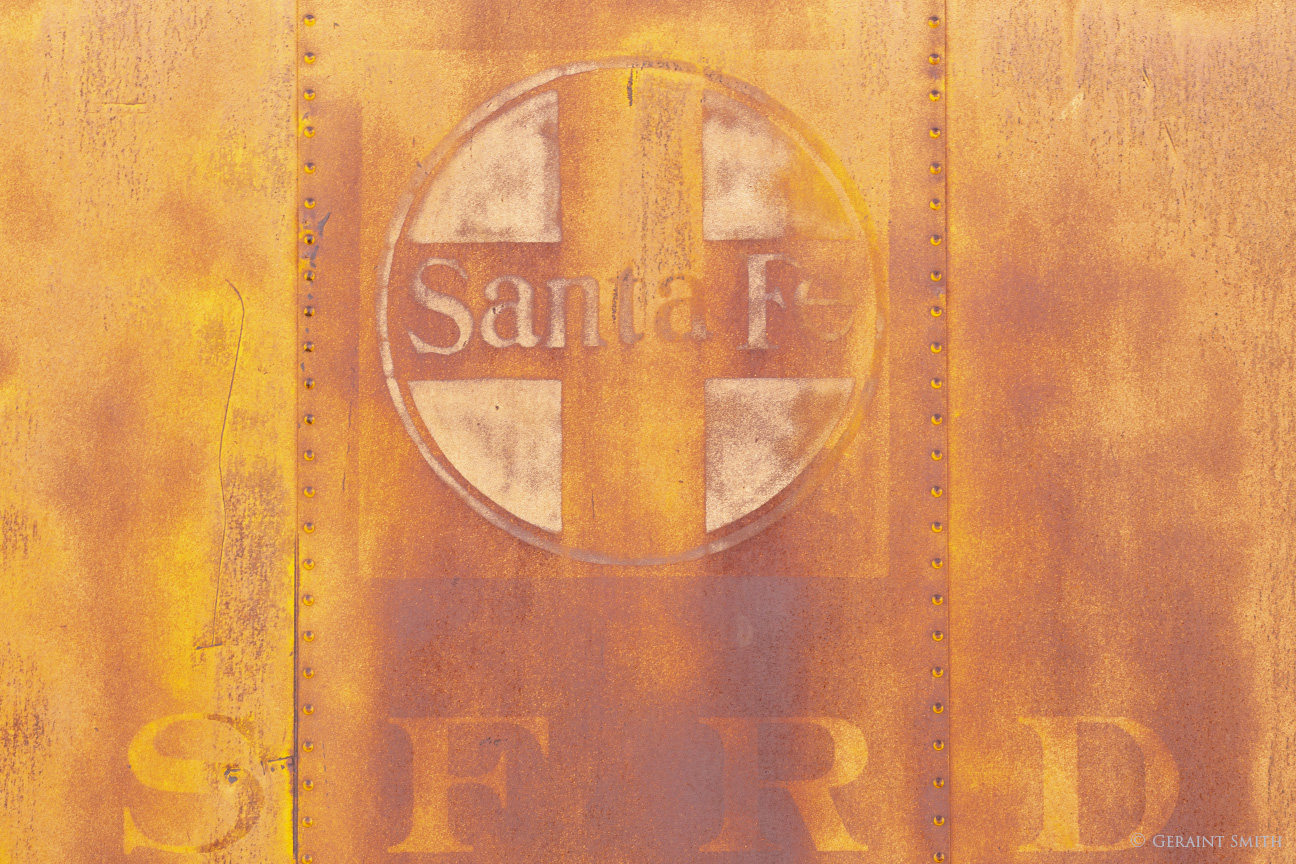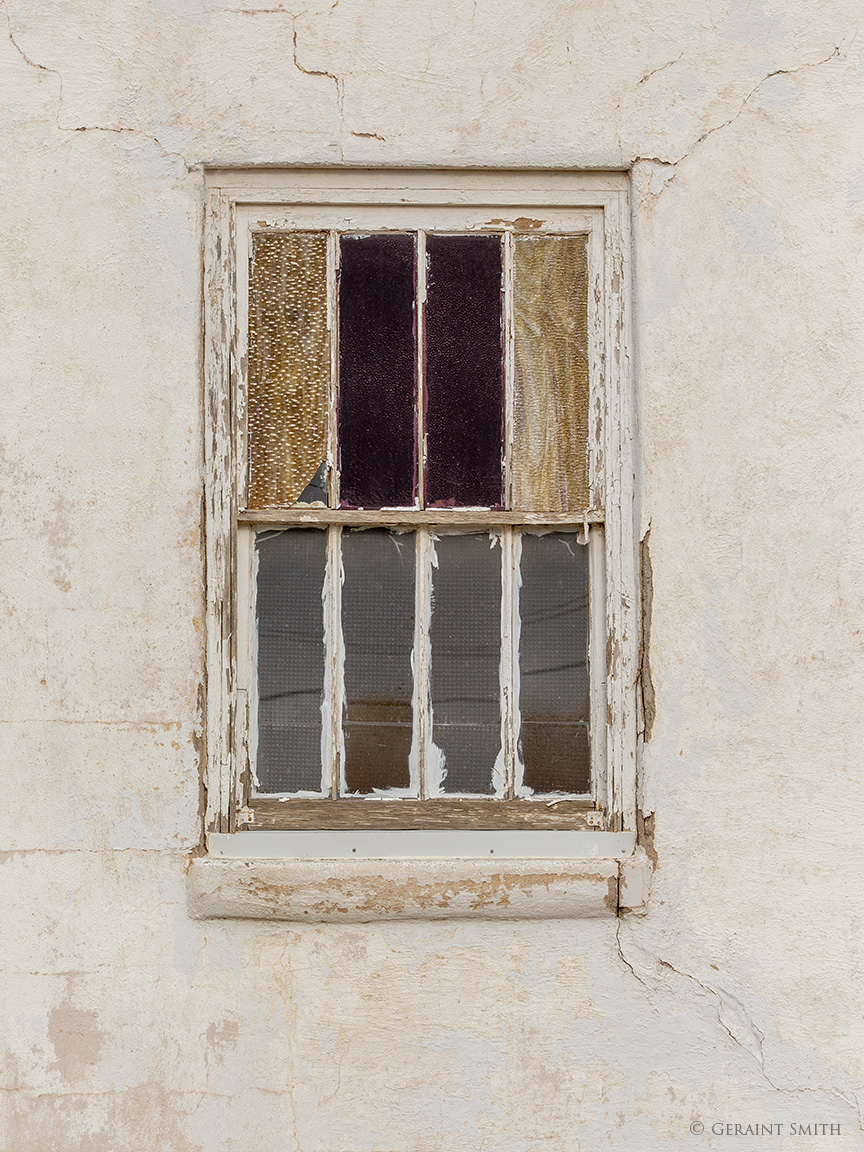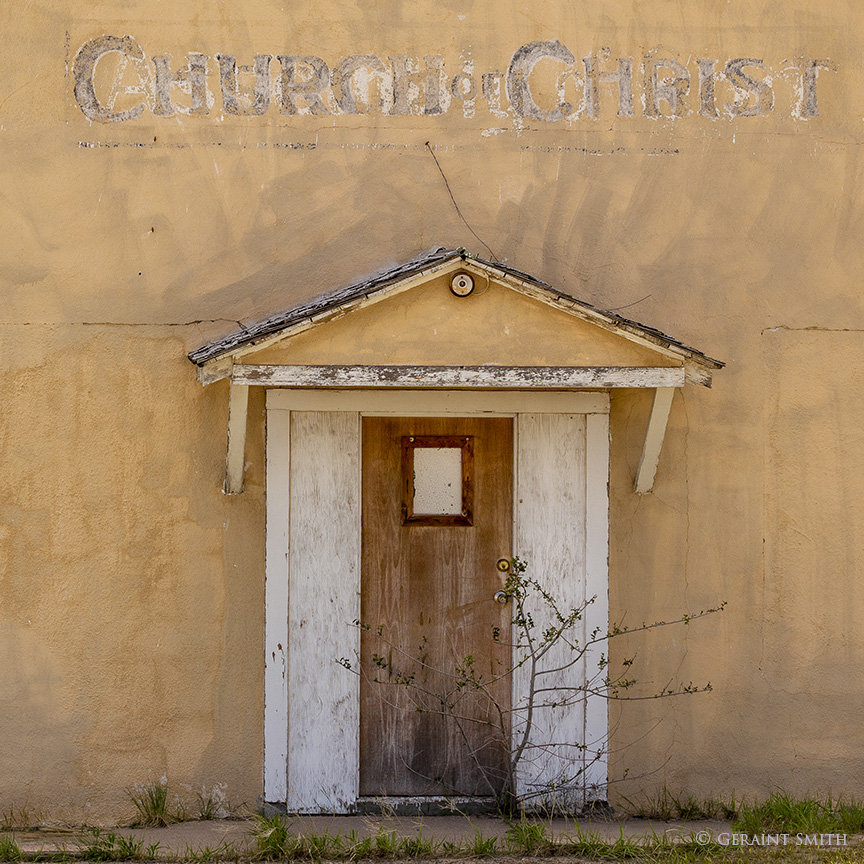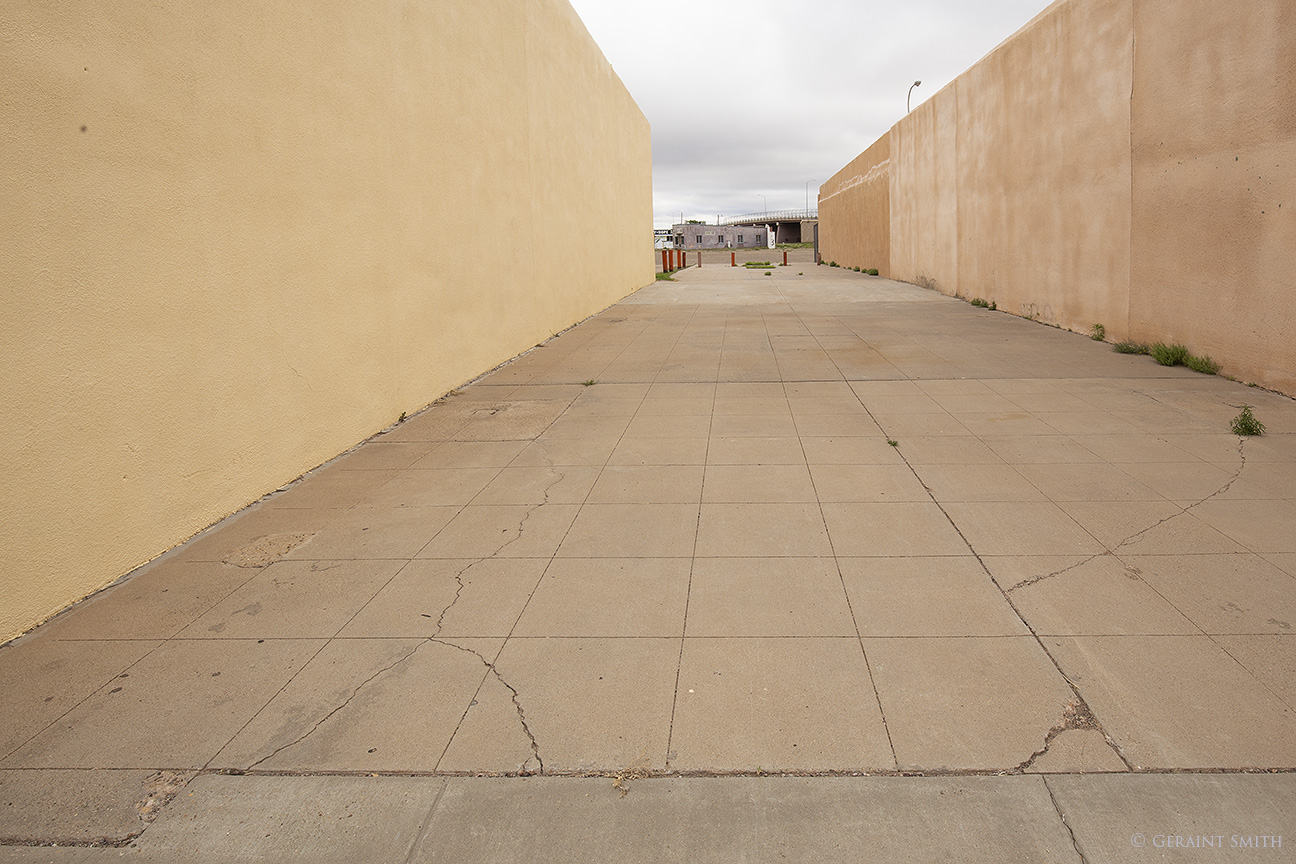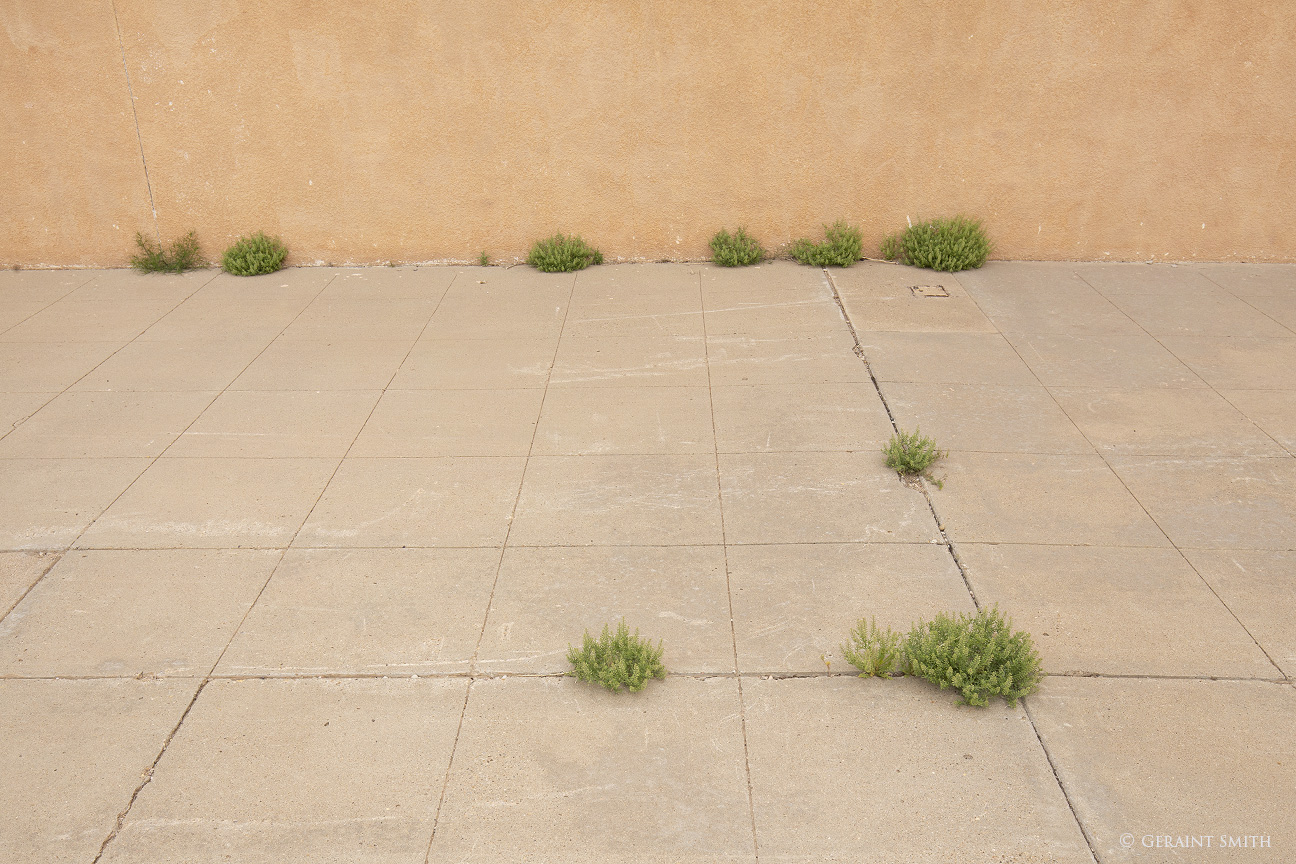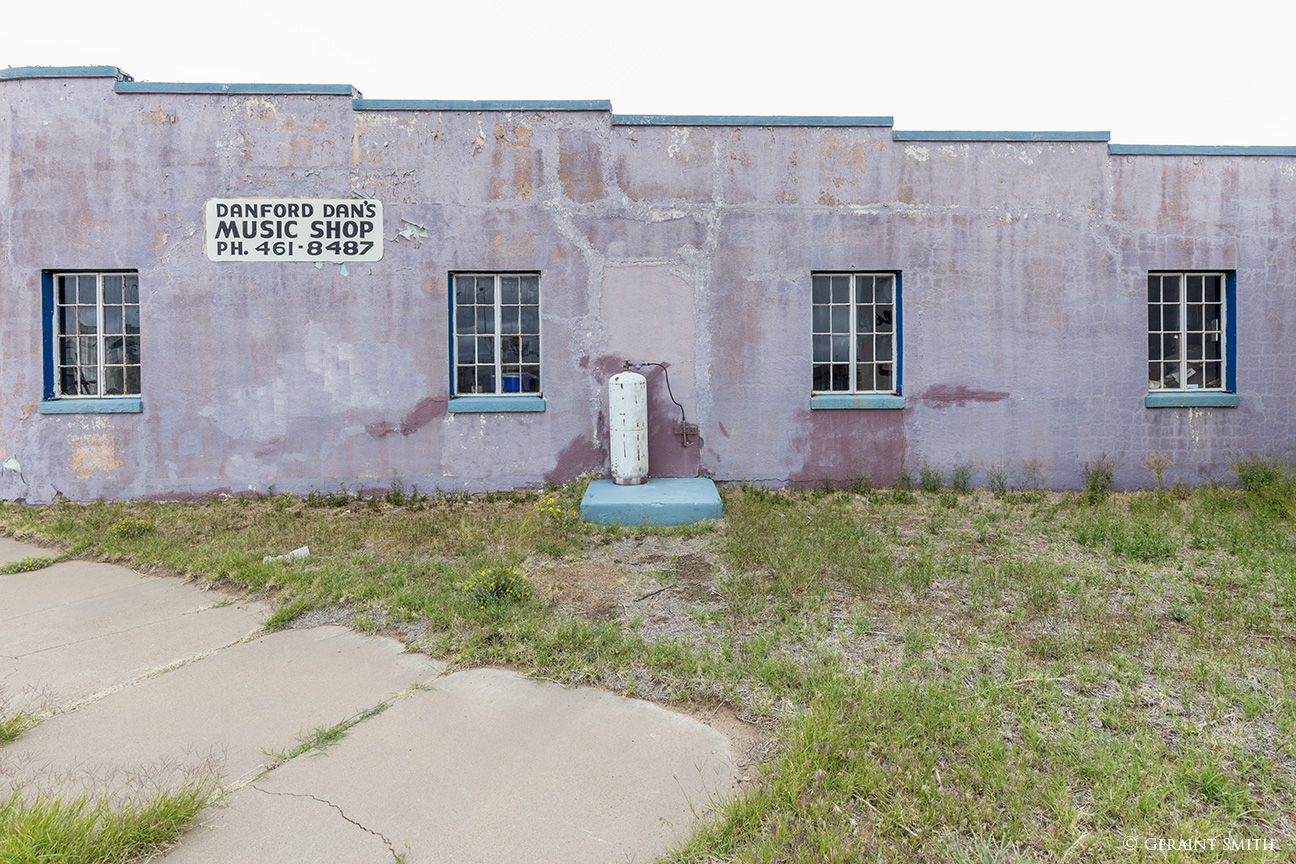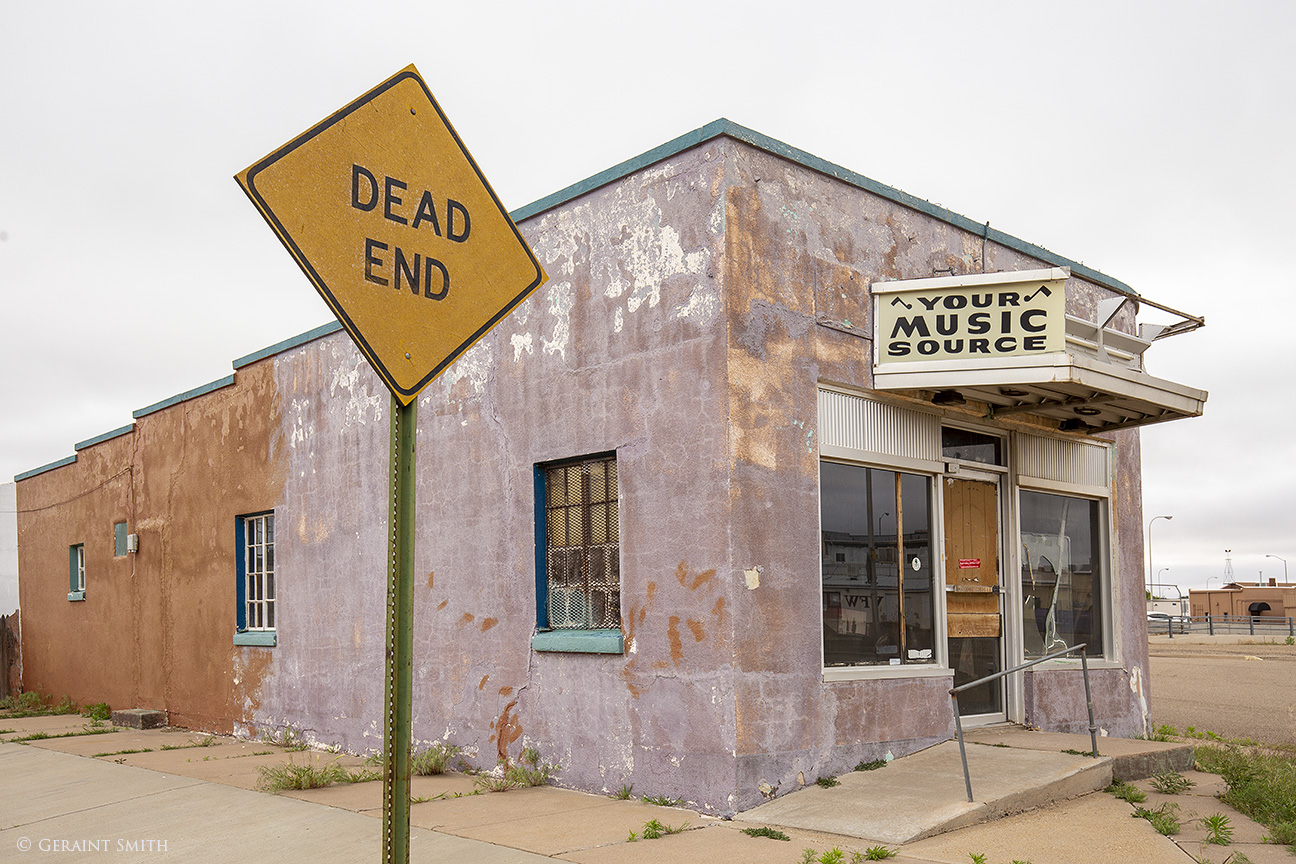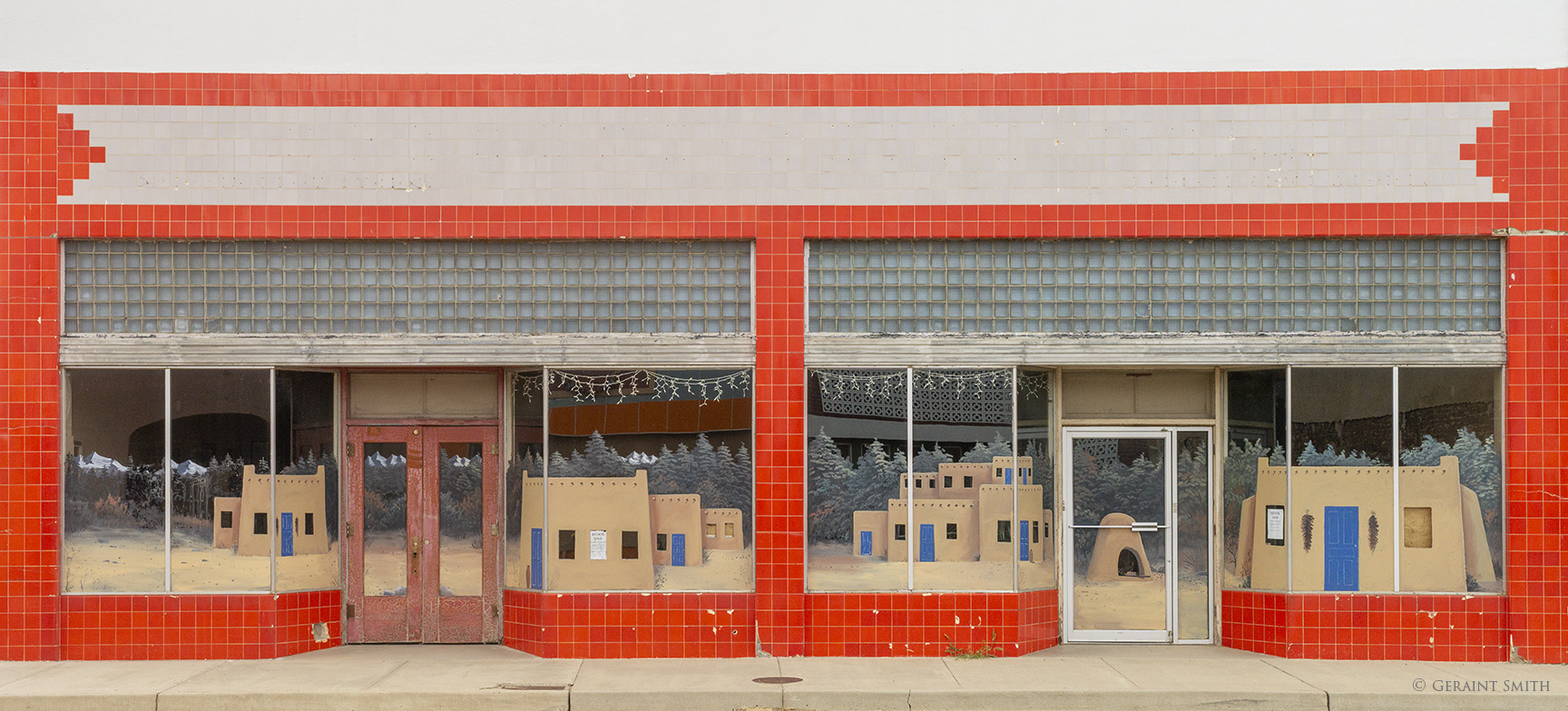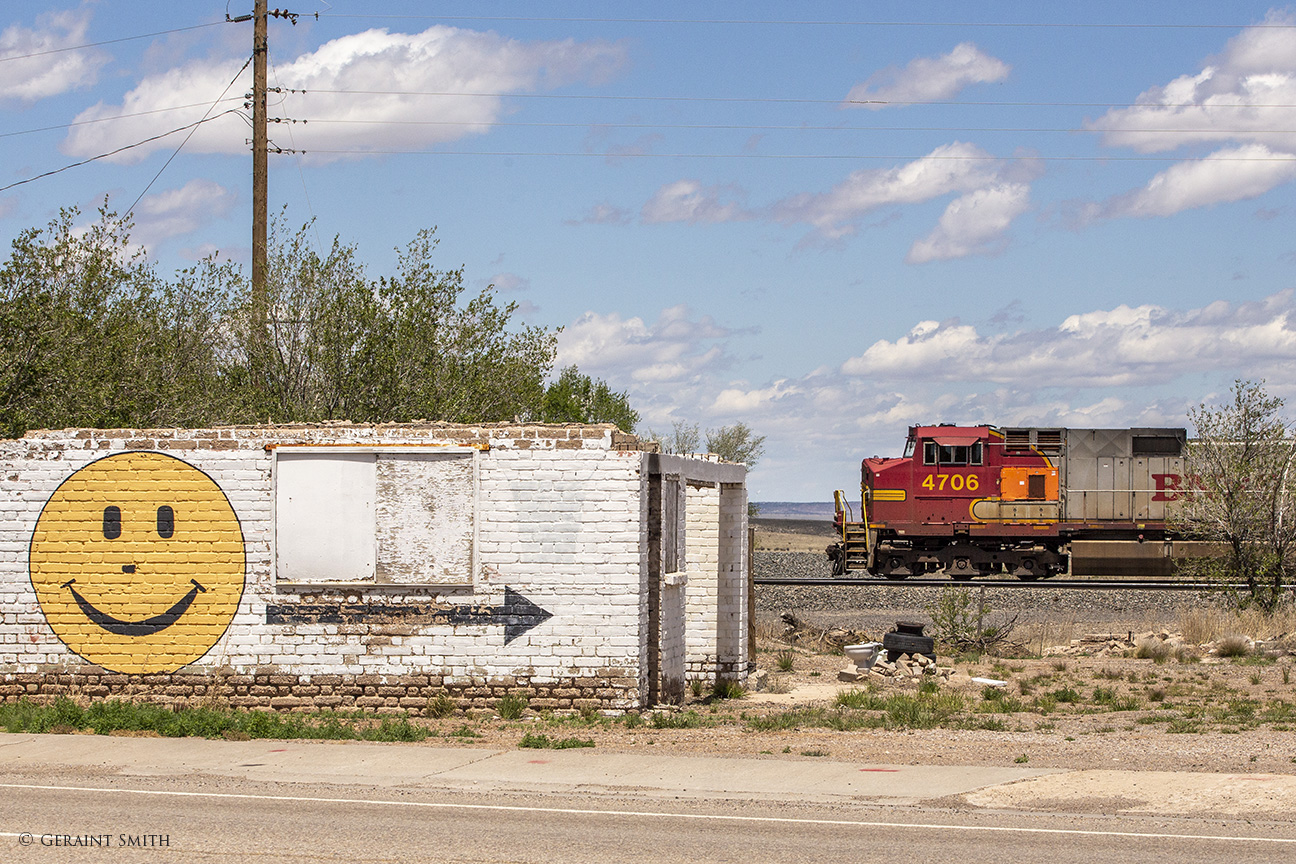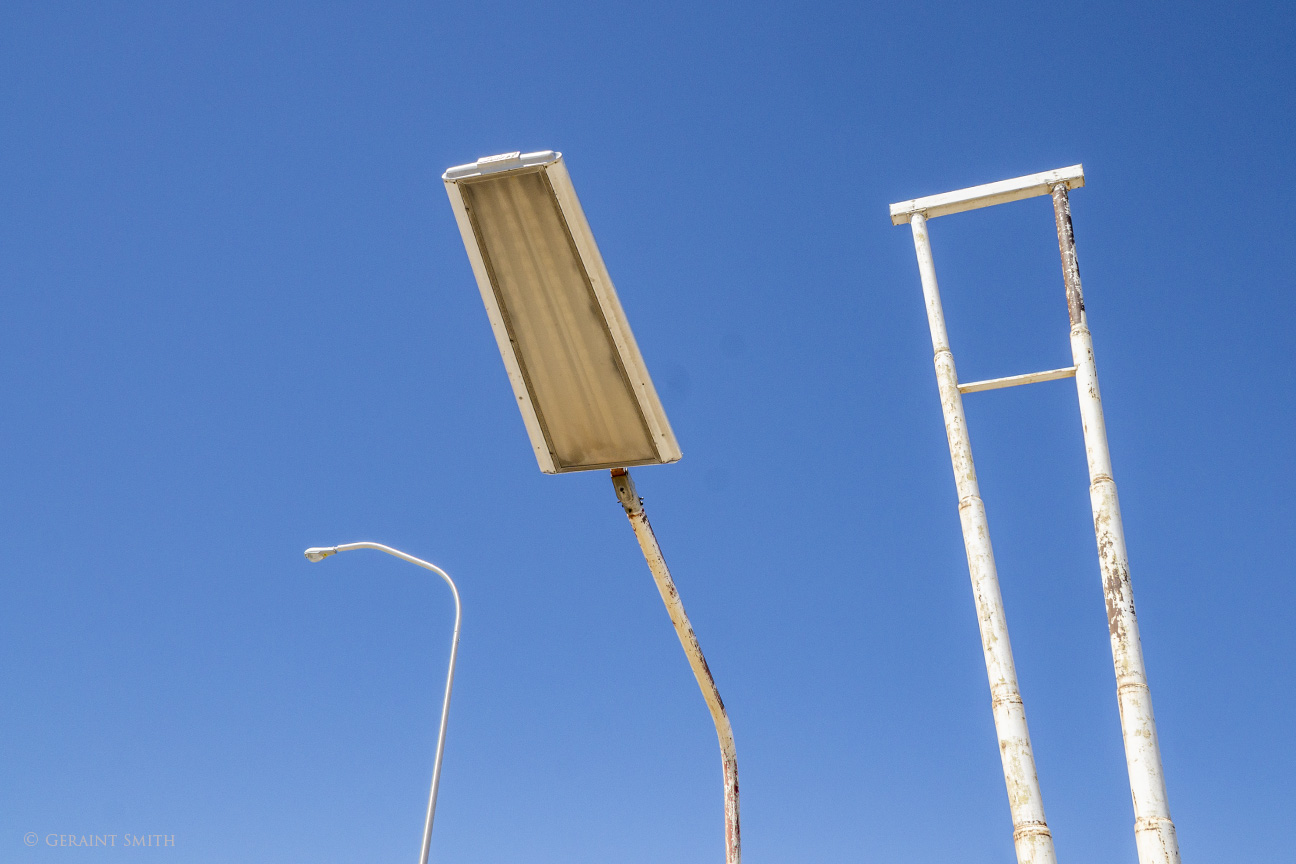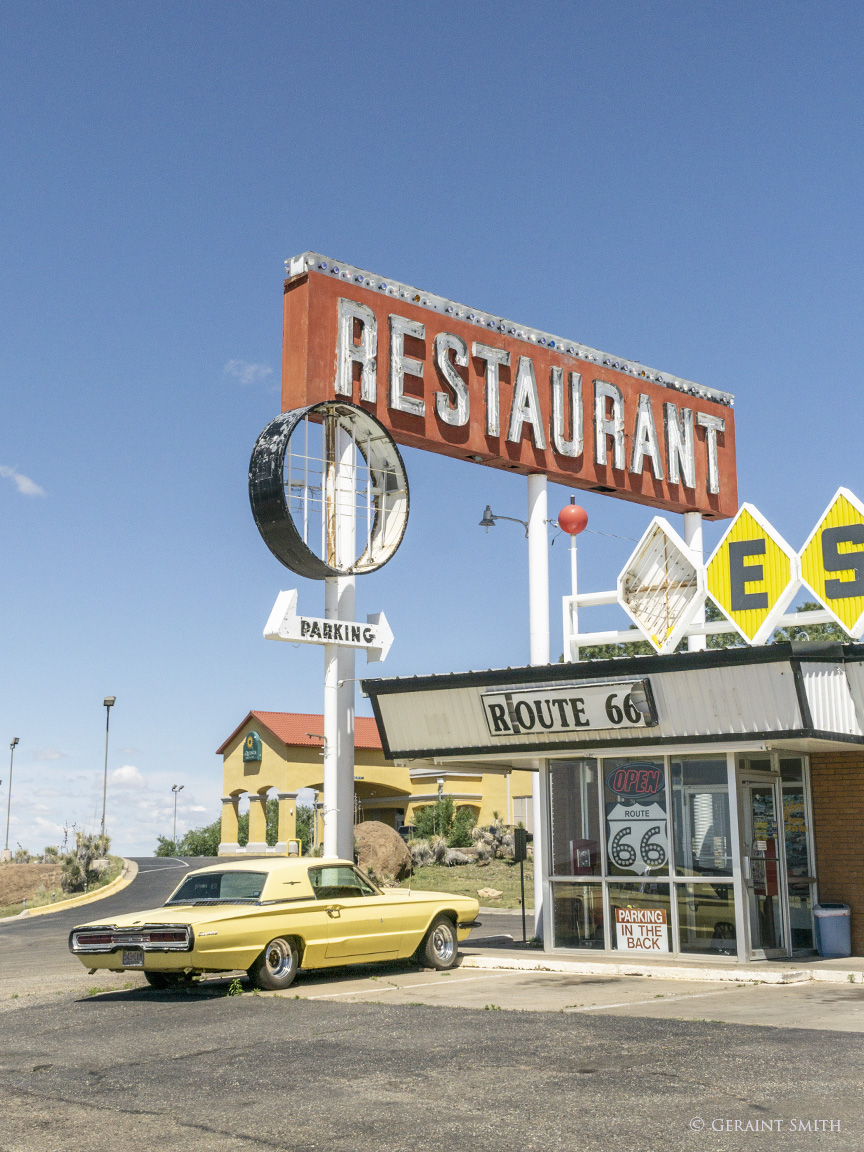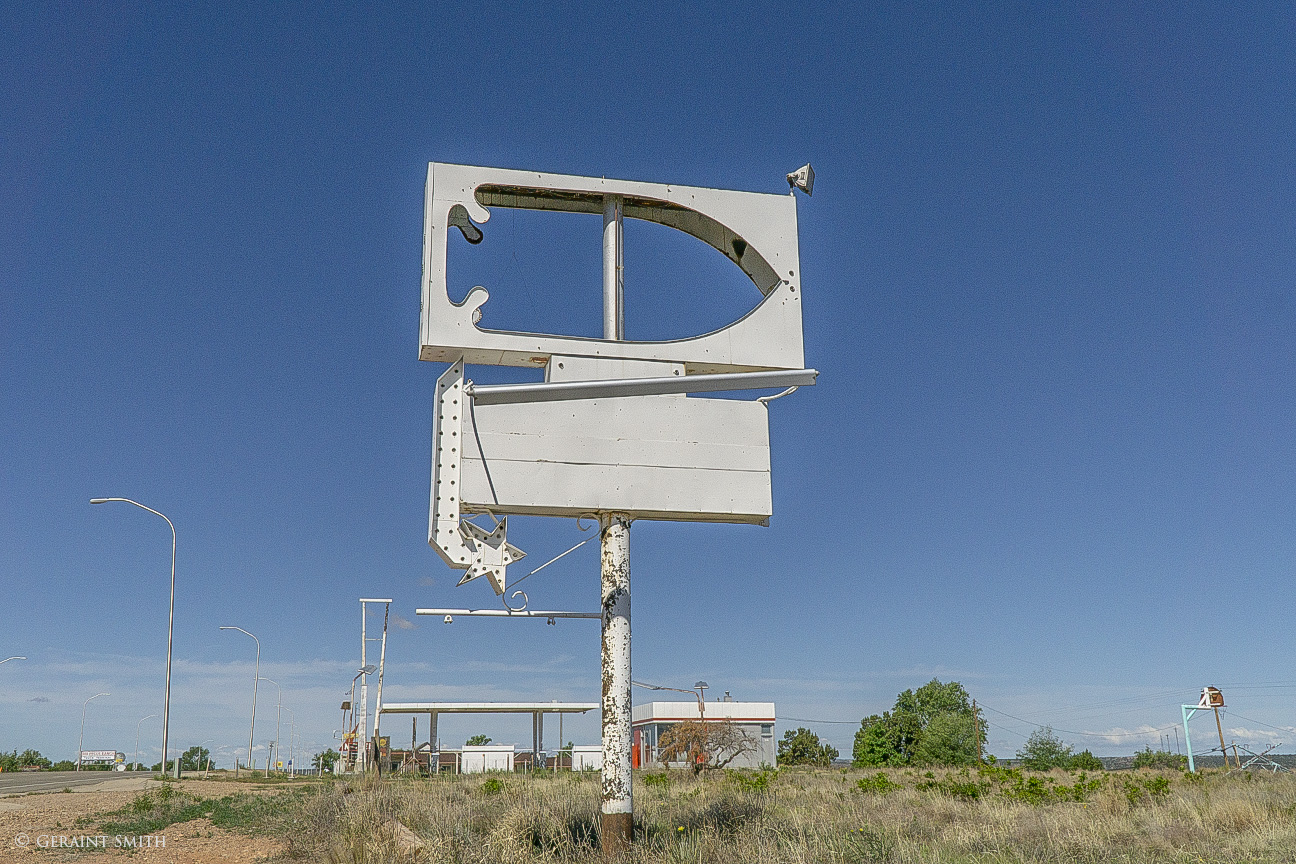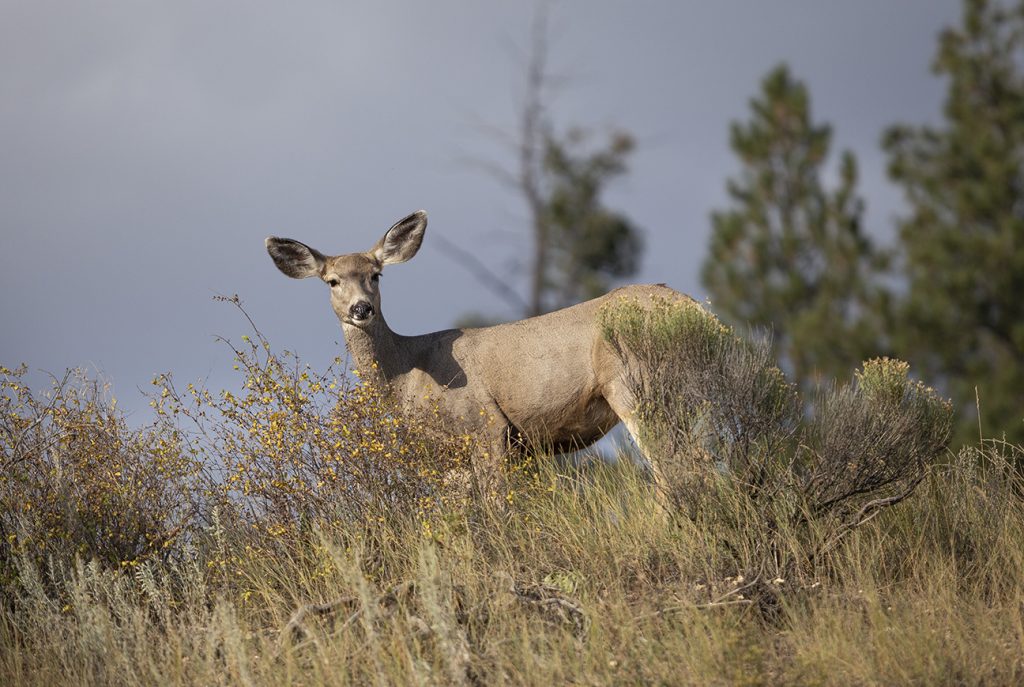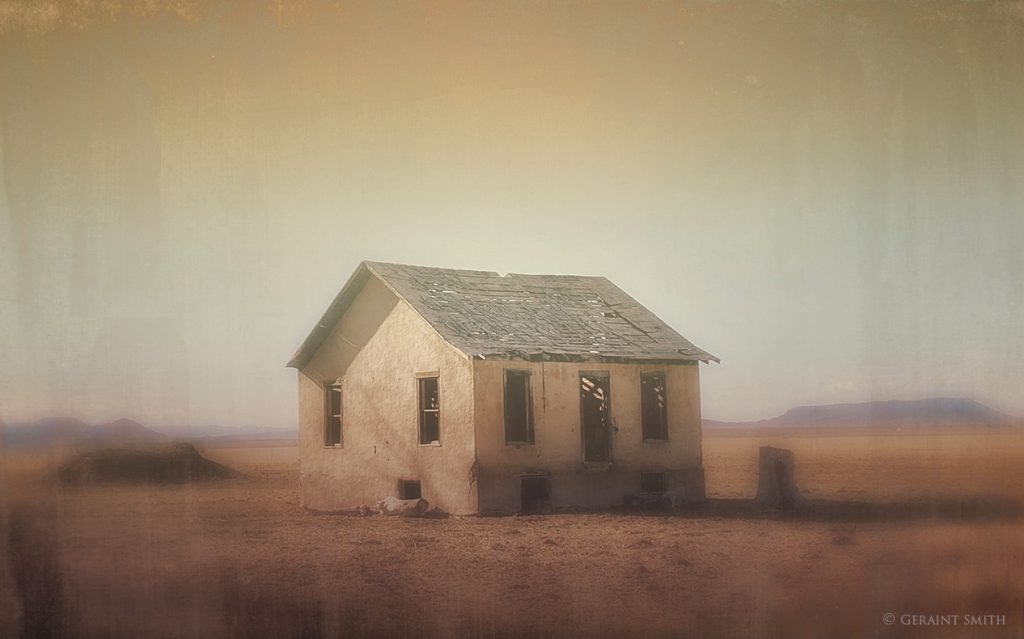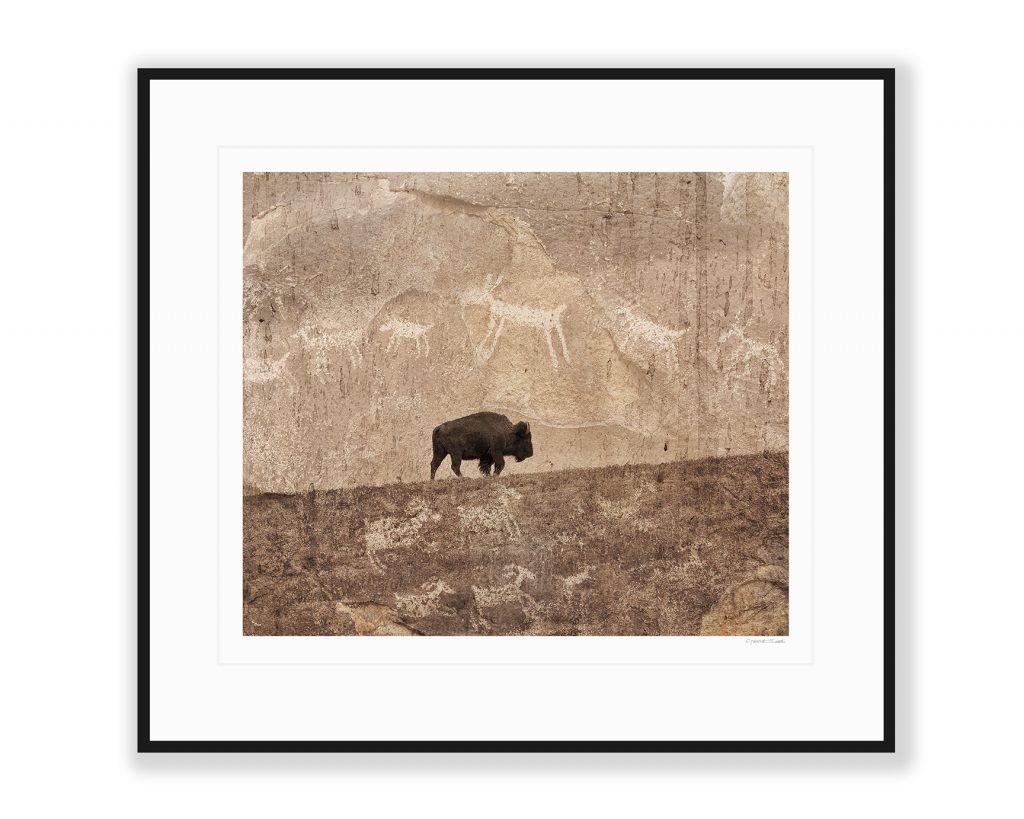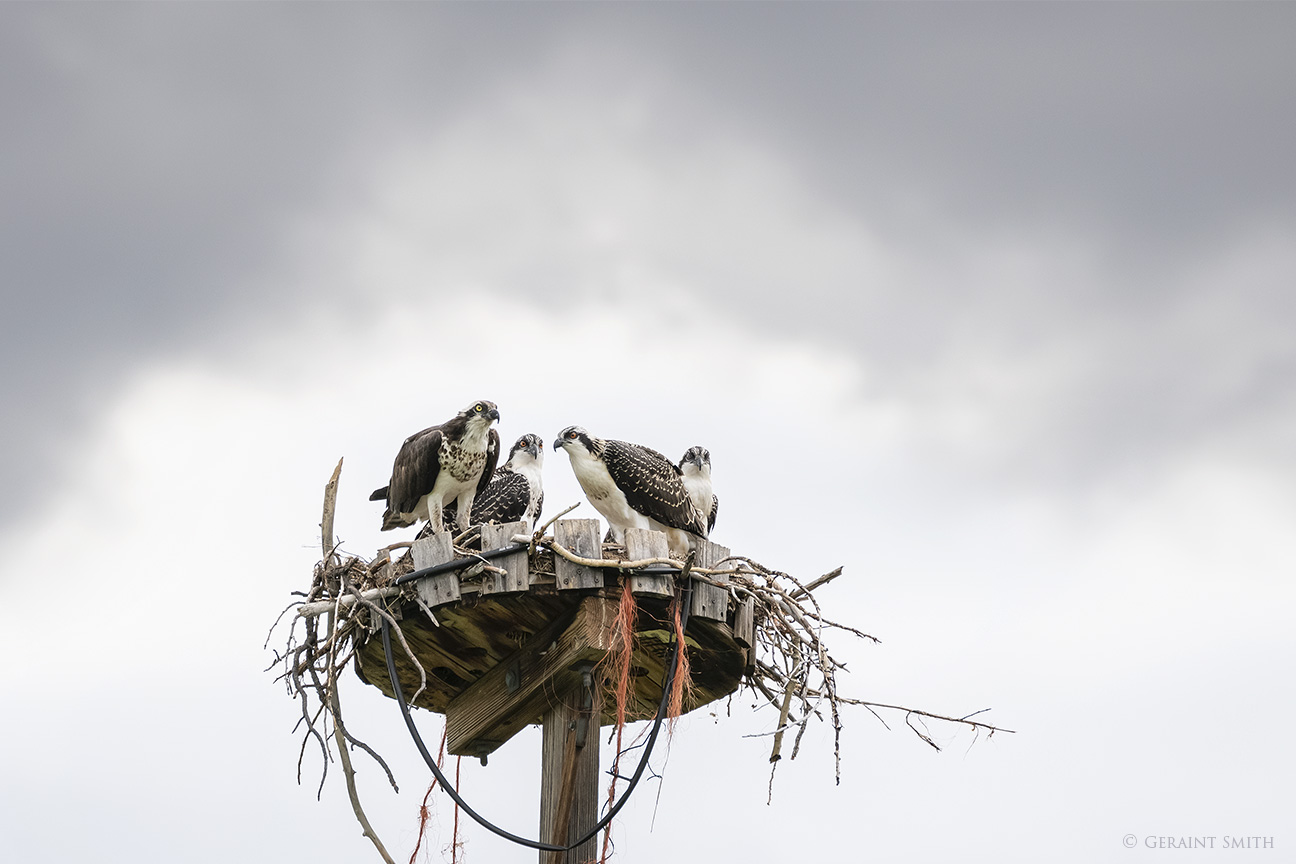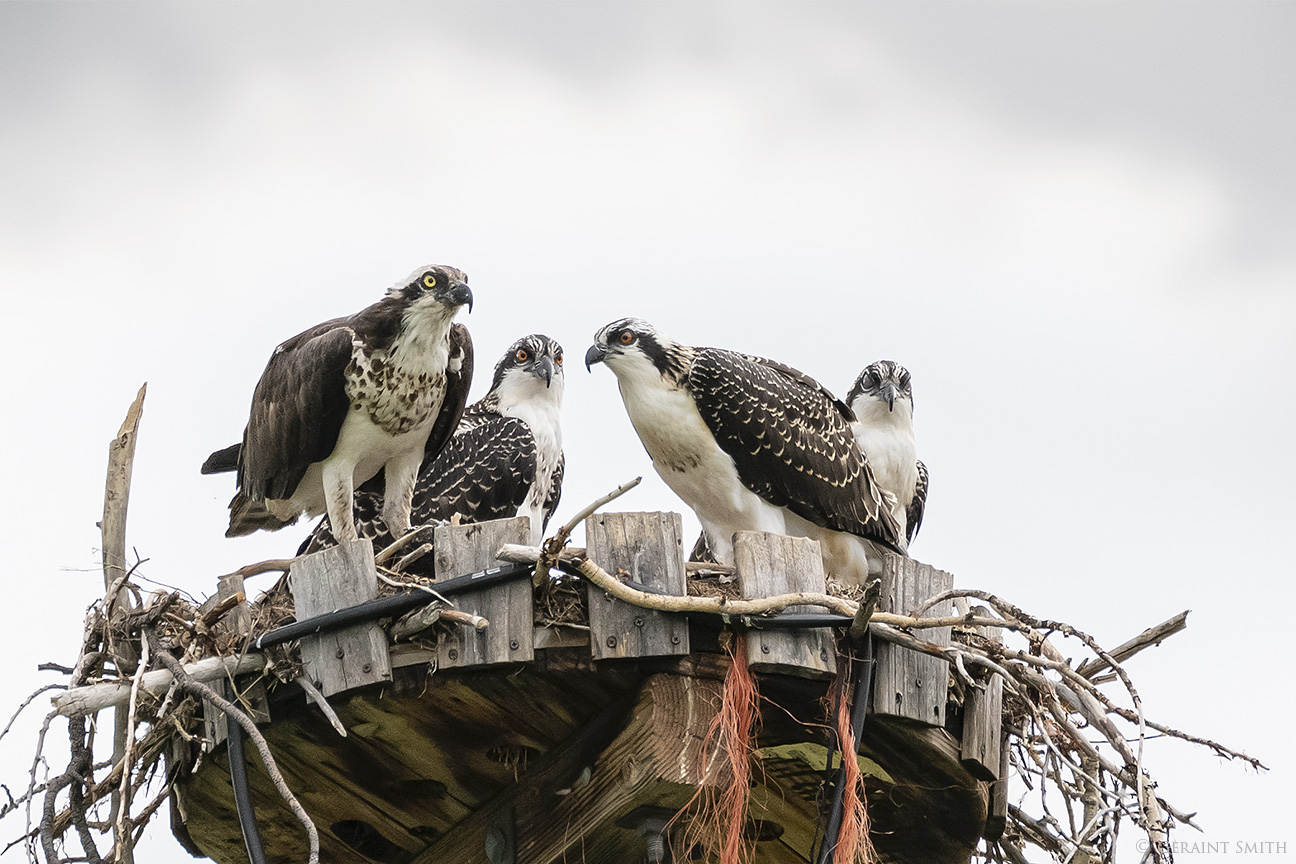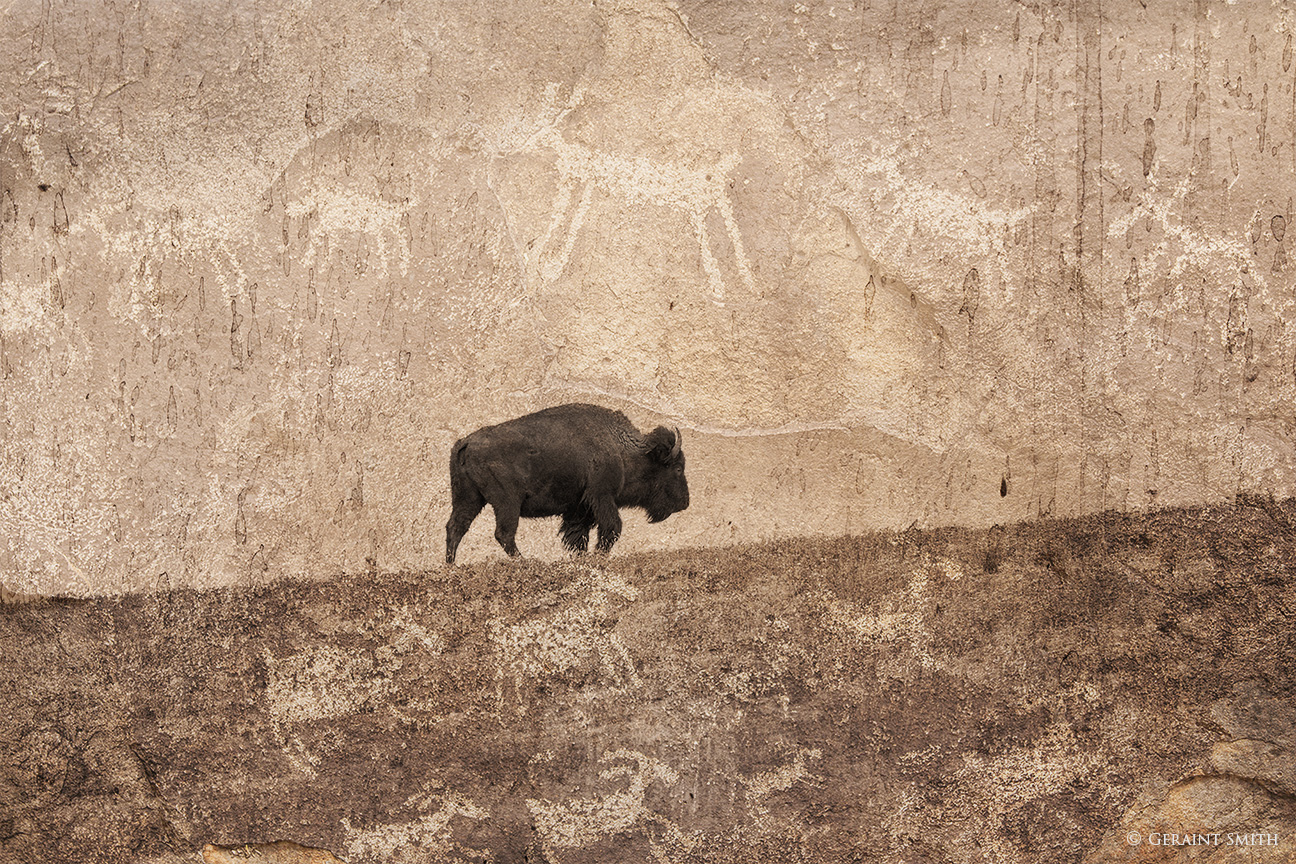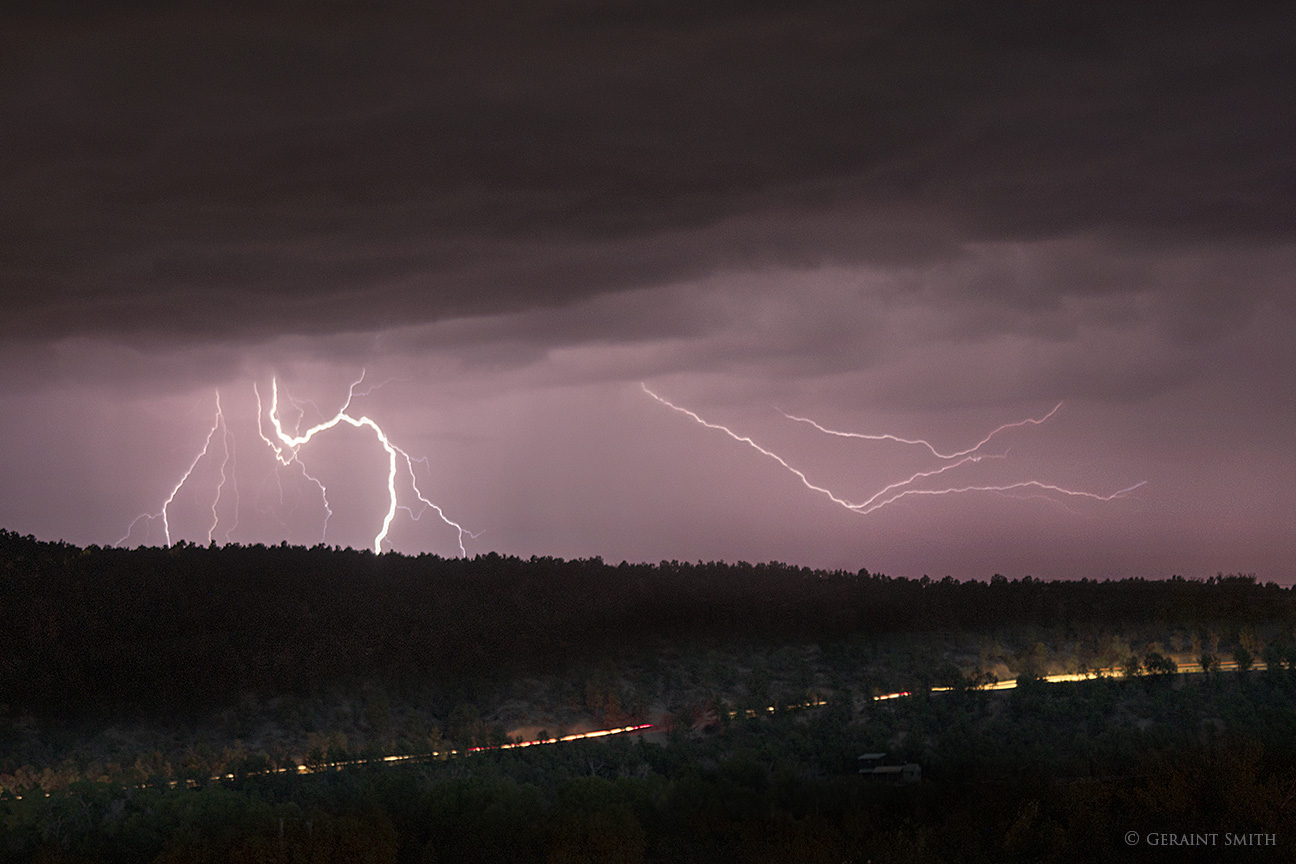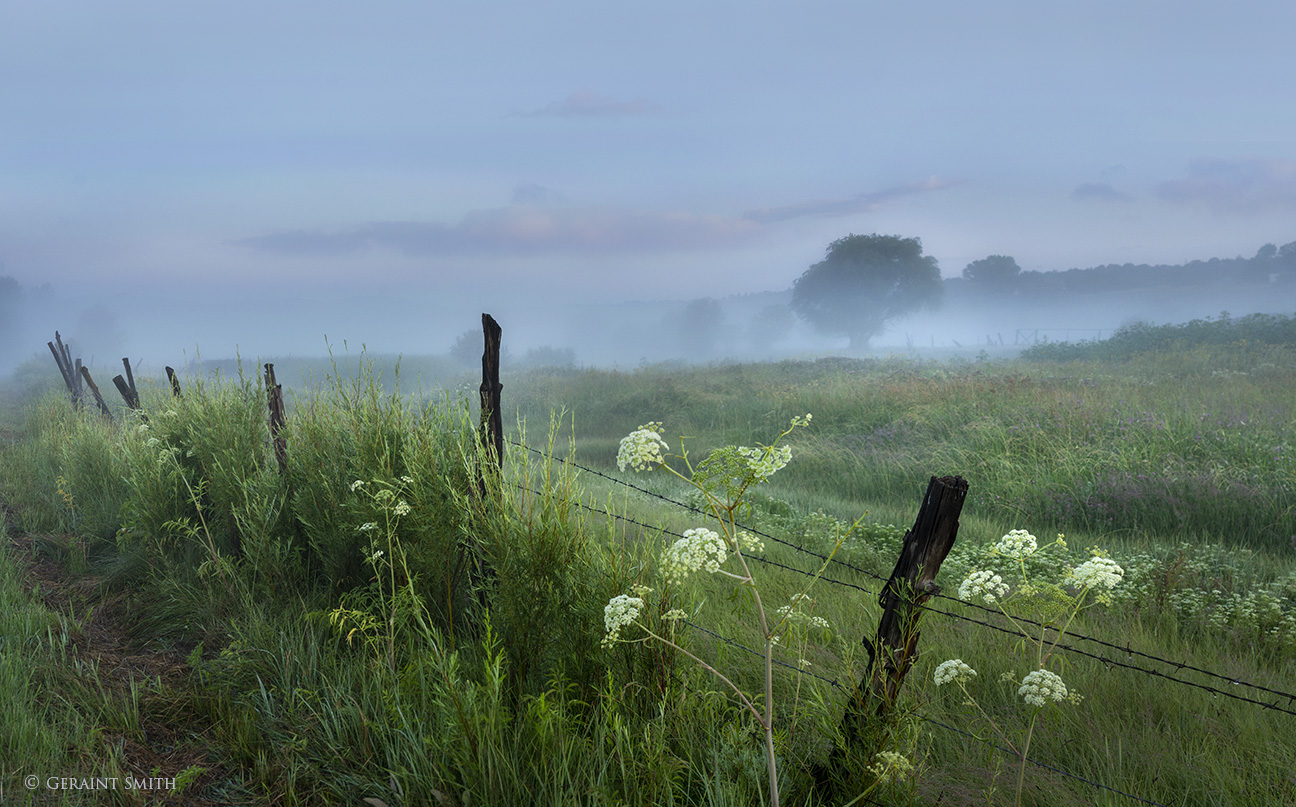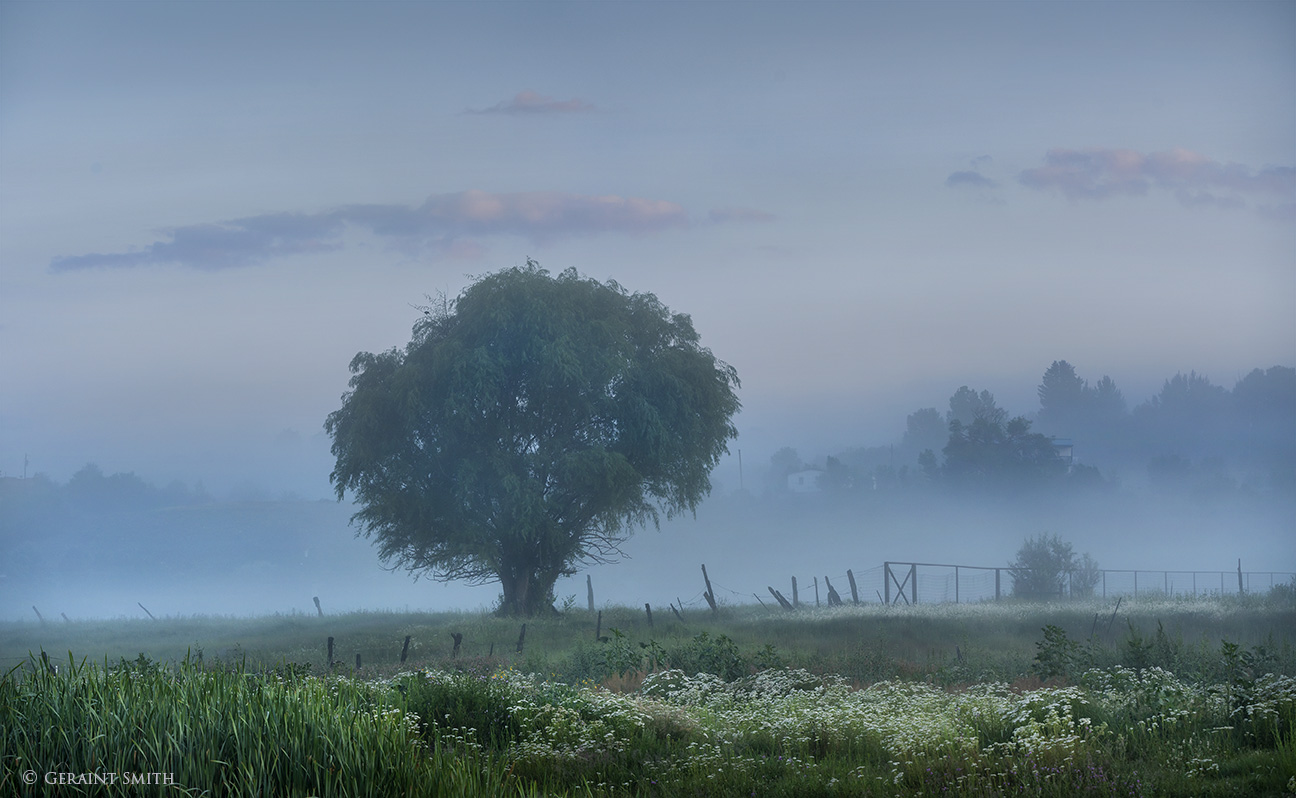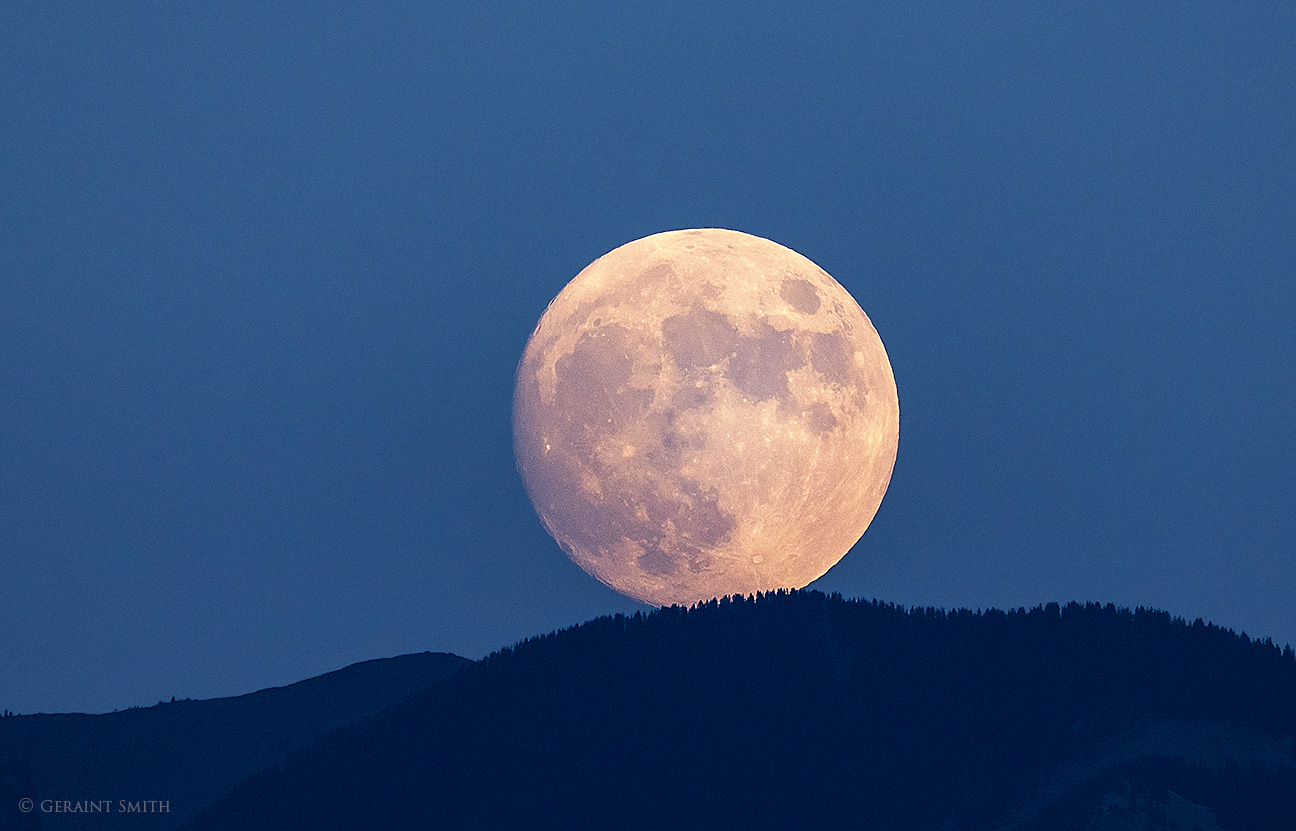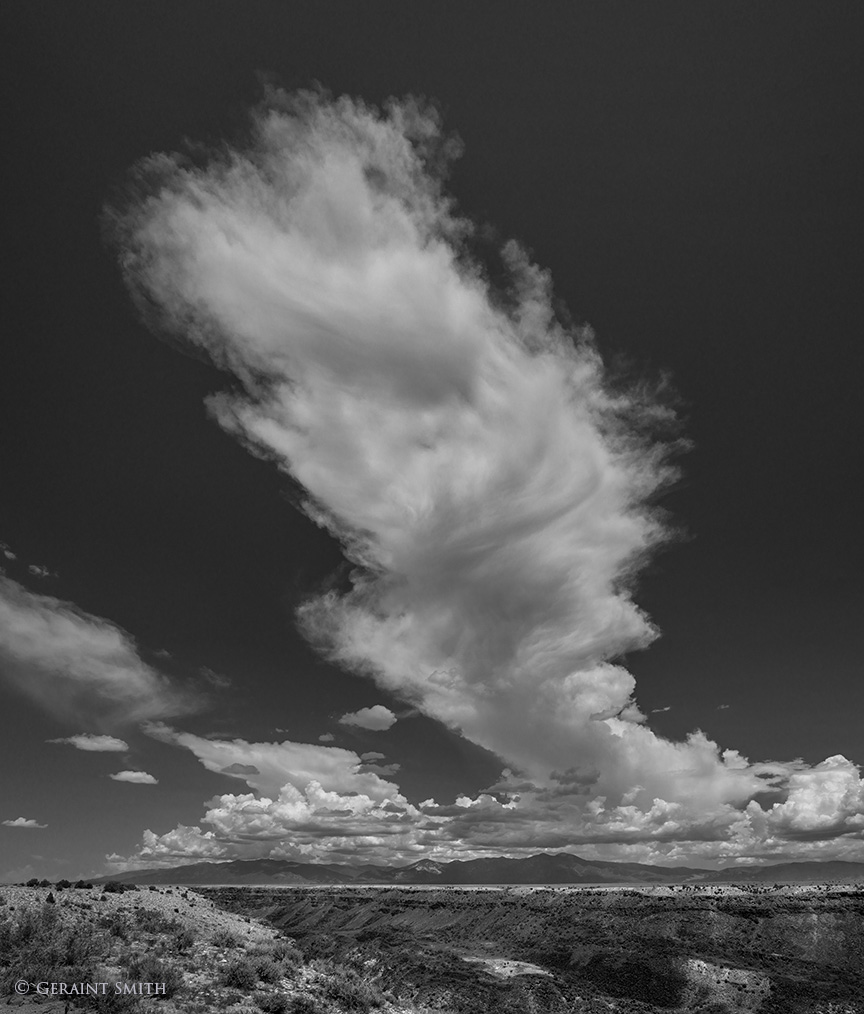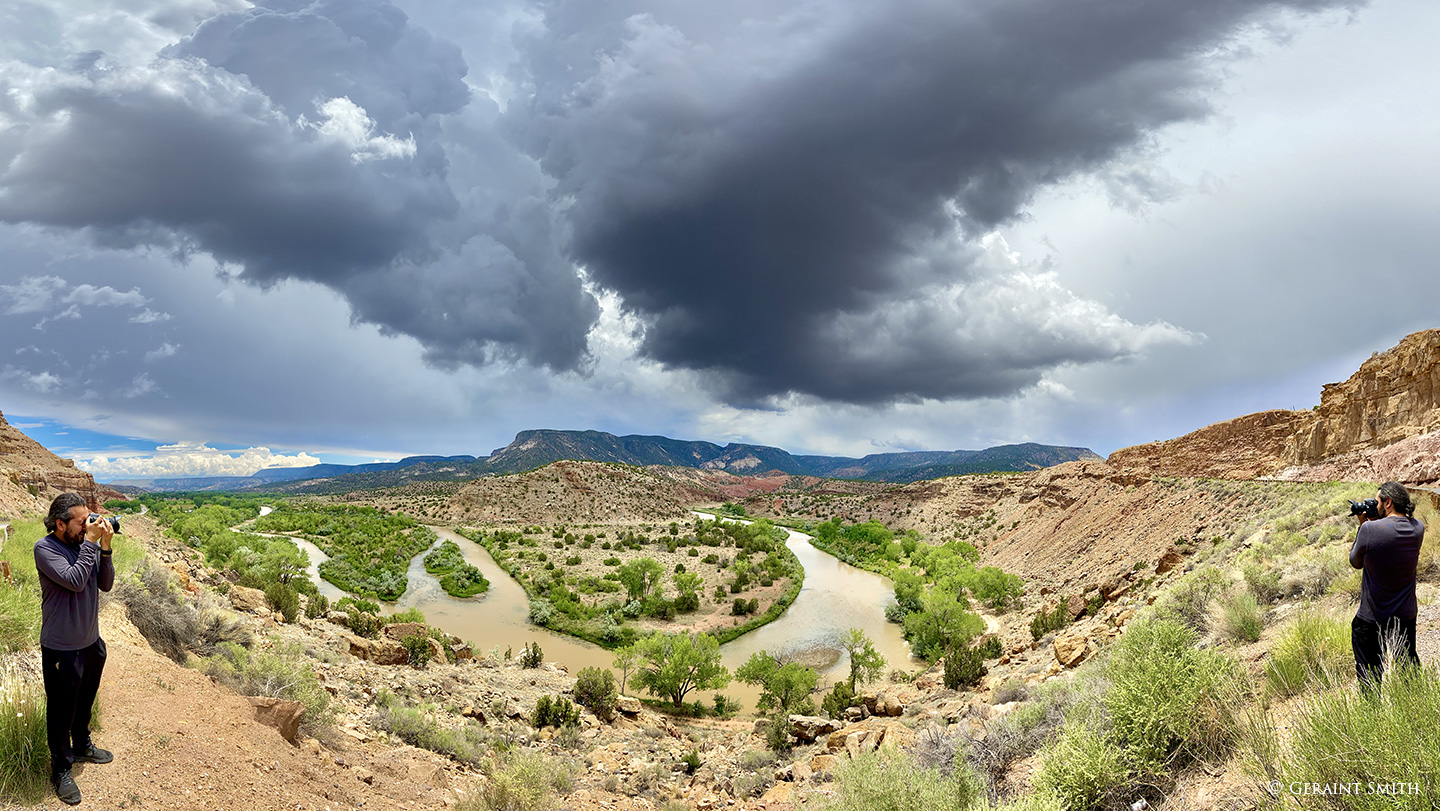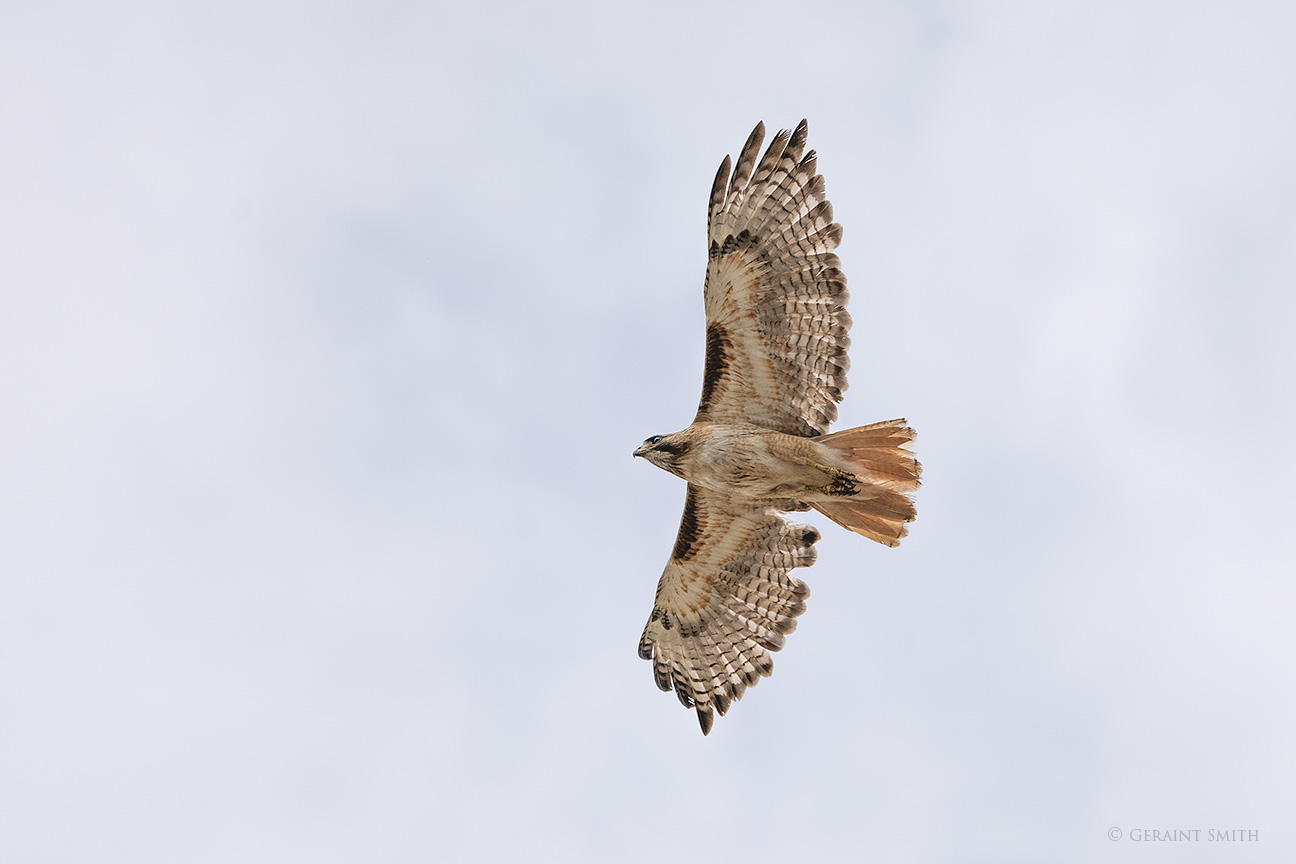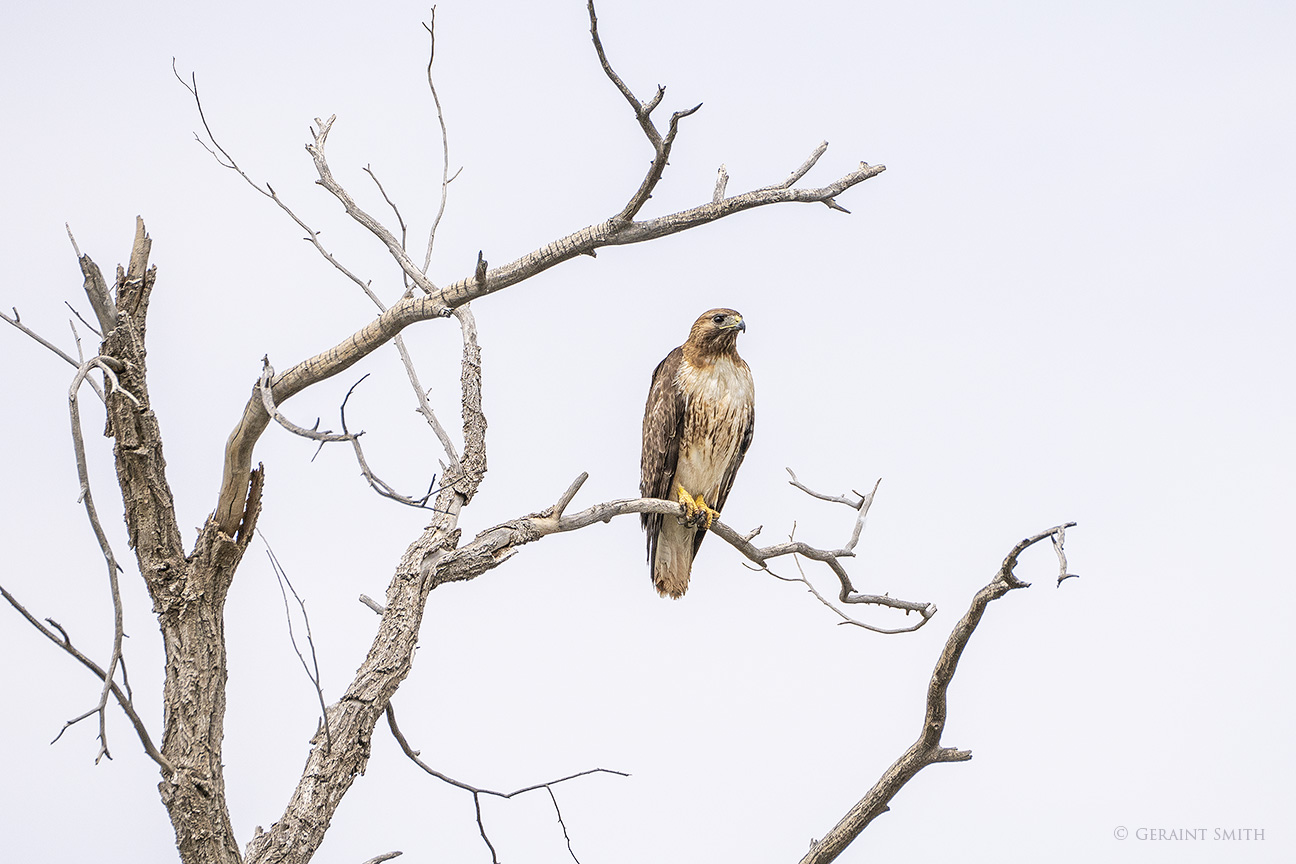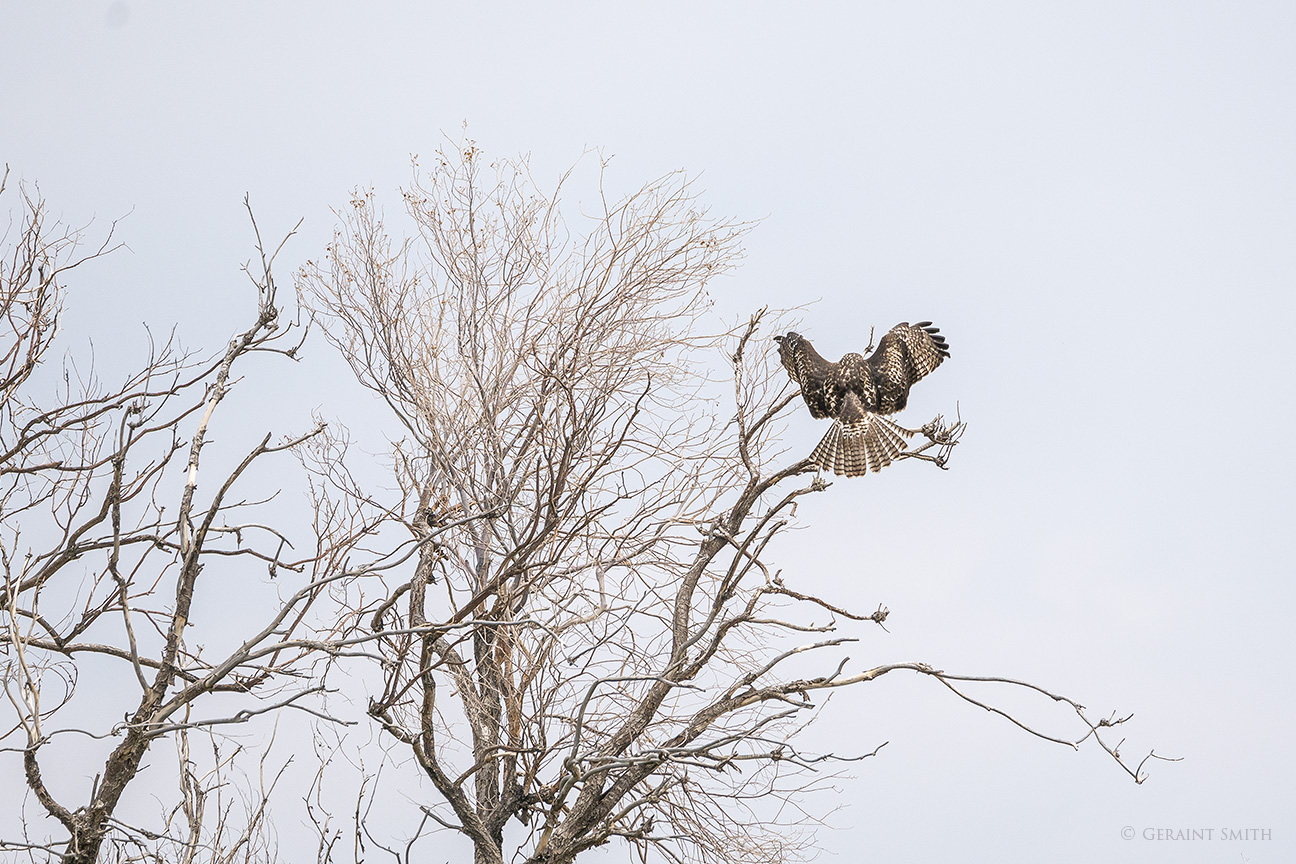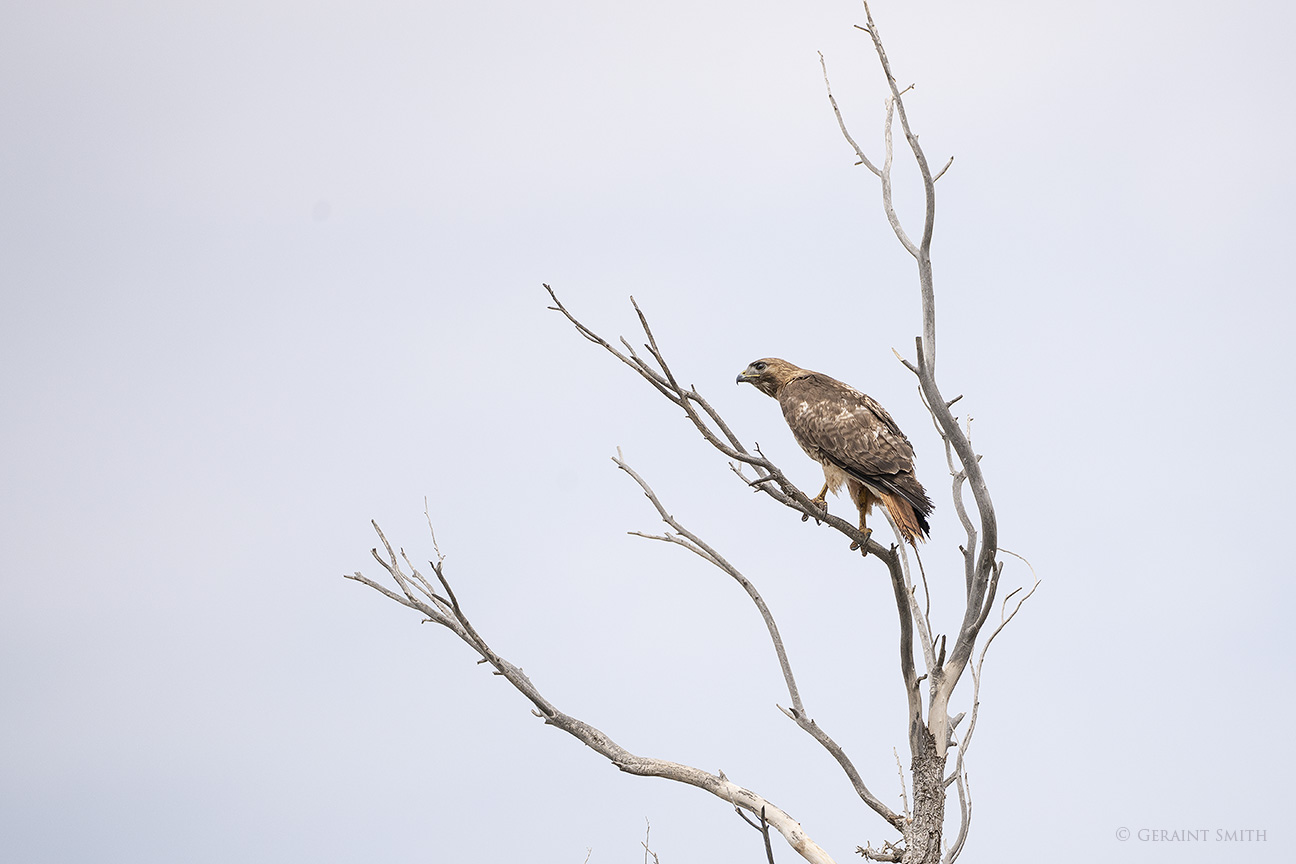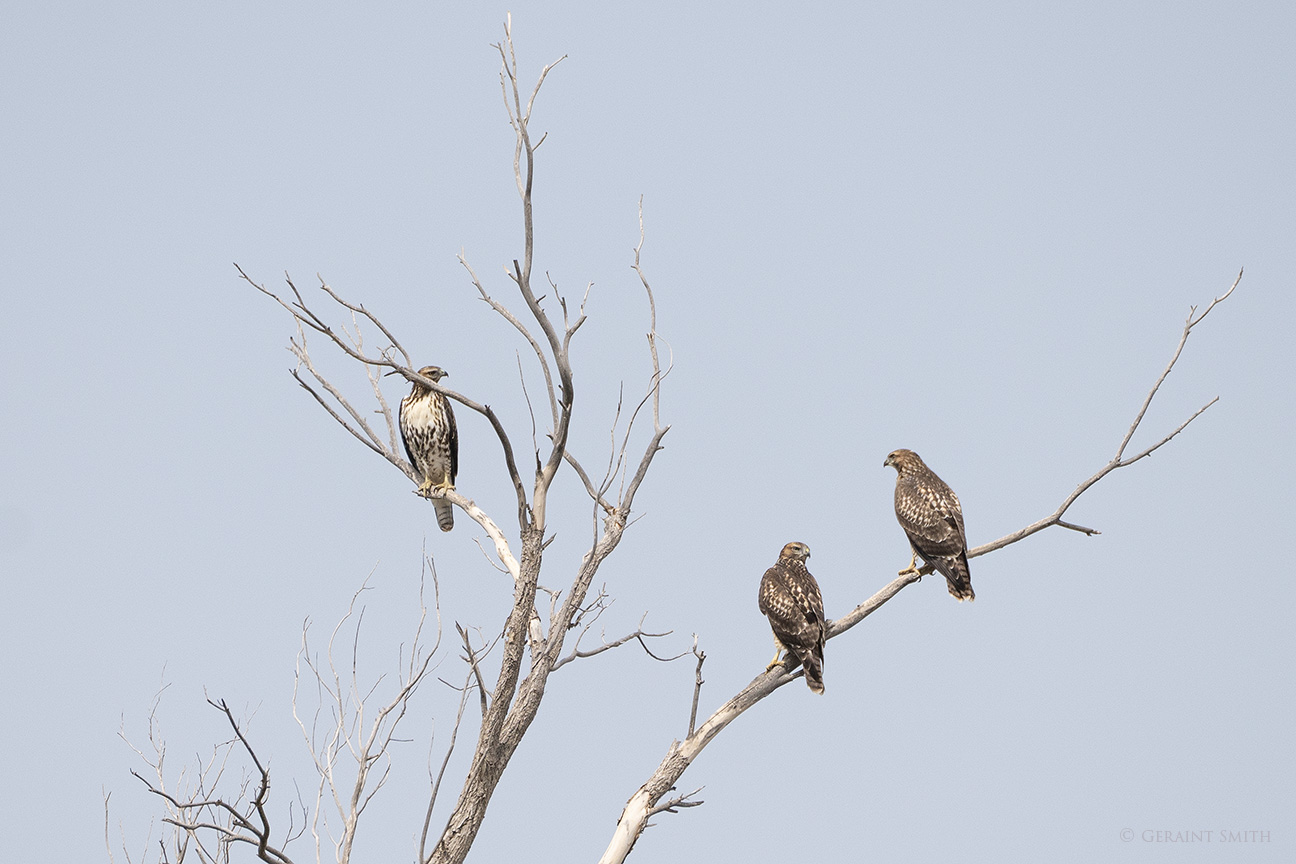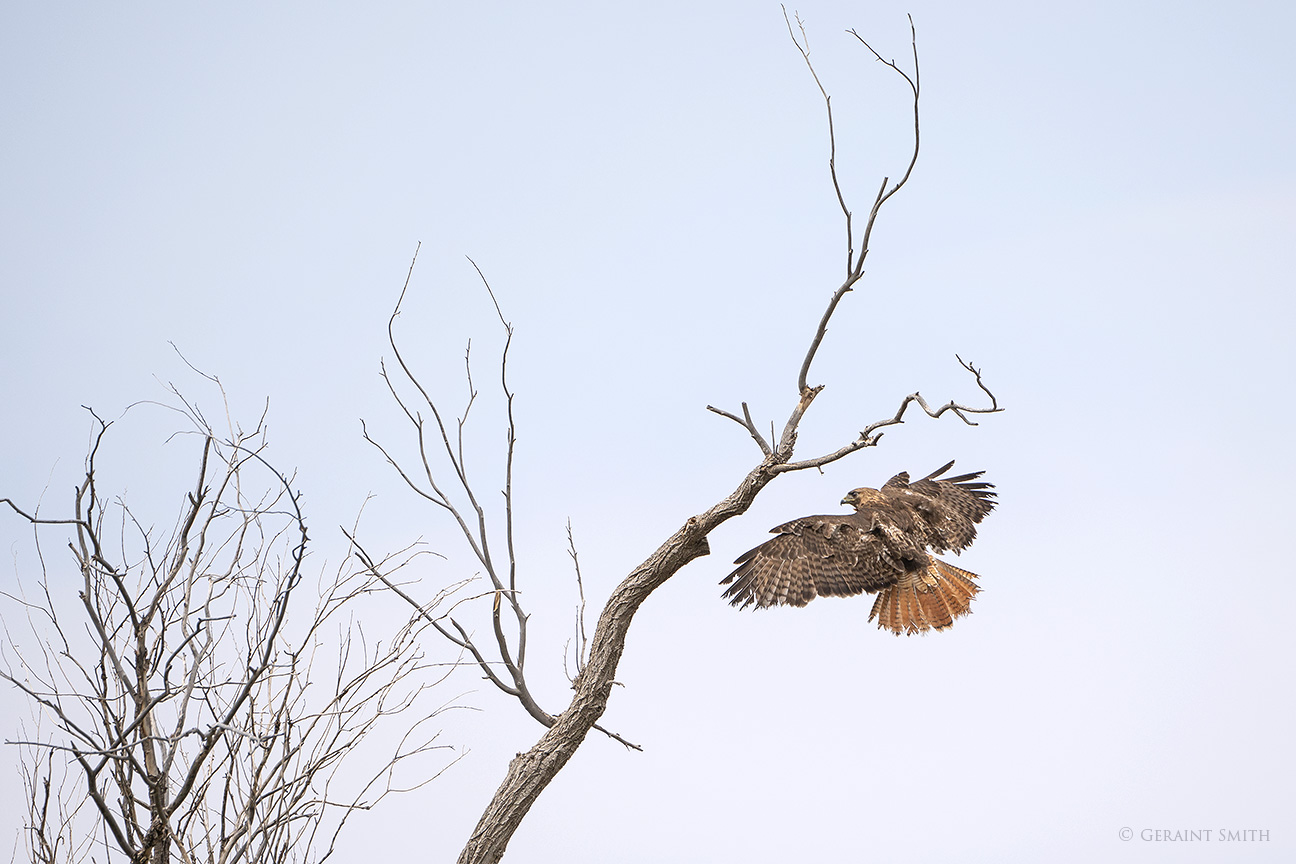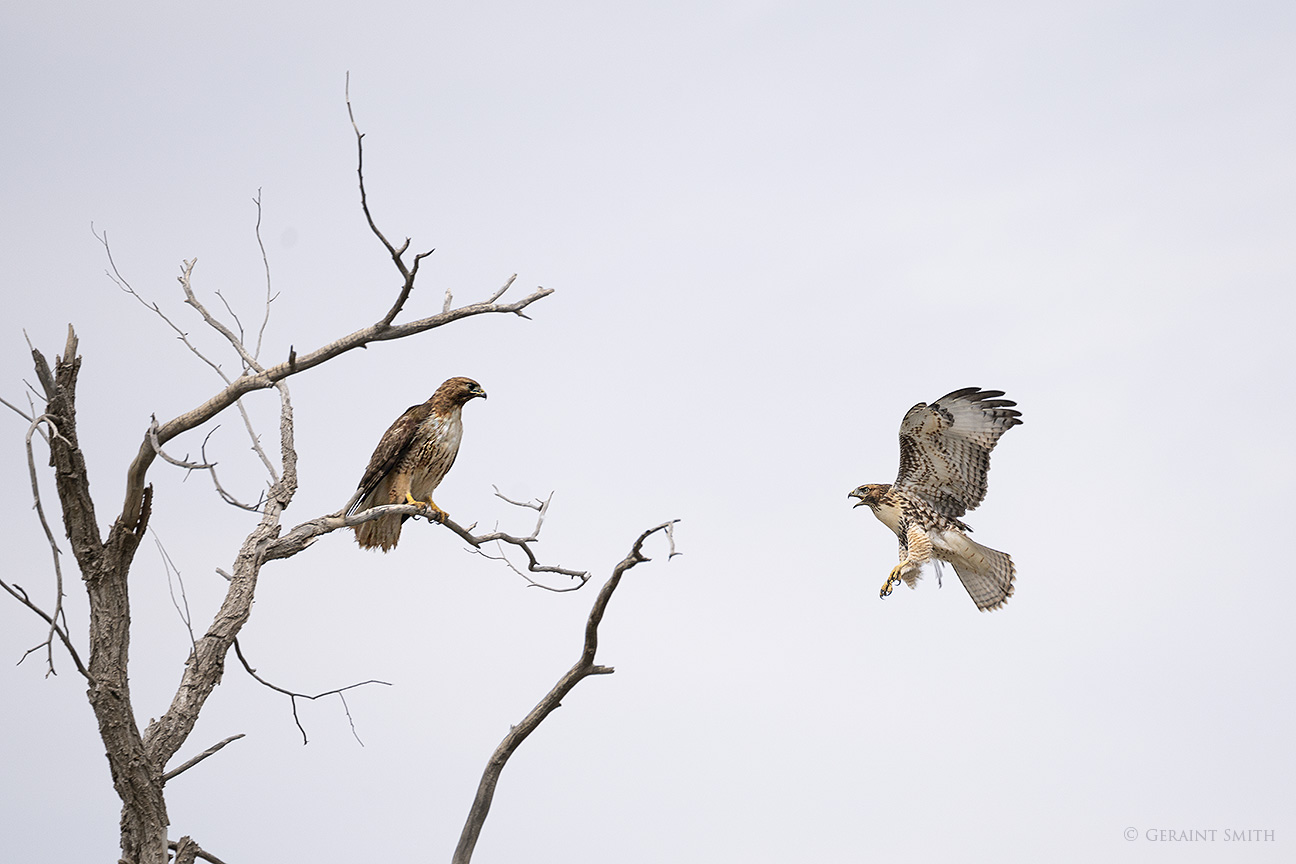Harvest Moon Rise, And More.
A couple of nights ago I walked out to our driveway to watch this month’s Harvest moon rise over the foothills of the Sangre de Cristo Mountains. I watched this celestial event in its entirety, unencumbered by foreground buildings and landscape features on a crisp, autumn evening. It was so clear it felt like I could reach out and touch the moon. I hope you got to watch it where you are.
Today I had to get a rock chip repaired in my windshield. I had an hour to kill so I wandered around the neighborhood and came up with the following shot.
Earlier this evening I had another wander through my hard drives. I found this picture of a Javelina. This was from a few years ago in the Bosque del Apache NWR. It’s sort of appropriate as I’m planning a trip there this coming November. It’s been a couple of years since I was there last so I’m looking forward to going again. I recall the moment when this little guy popped up from an arroyo, surprising me, and ran across the trail ahead.
This image came up in my favorites on my phone. In 2019, my friend Ron and I ended a great five-day photo trek in Lamy, NM. He went on and I went home. I’ve caught the train here many times and ridden it to Los Angeles and back. The Amtrak train still stops here on its route from Chicago to LA.
Going back further still, I came across this beautiful fall scene taken at the Mabel Dodge Luhan House in Taos, NM. I thought it worthy of a repeat performance on my website.
If you’d like to see fall colors in the high desert, I still have a few days open between now and the end of October for my photography tour/workshops in northern New Mexico and southern Colorado.
As always, thank you for looking. Have a great week. G
